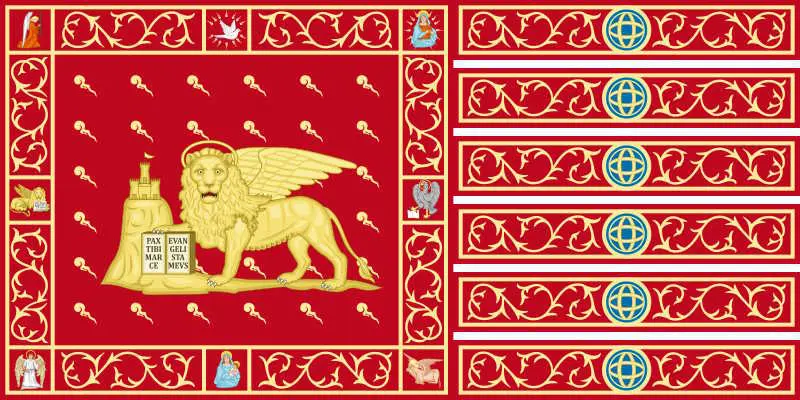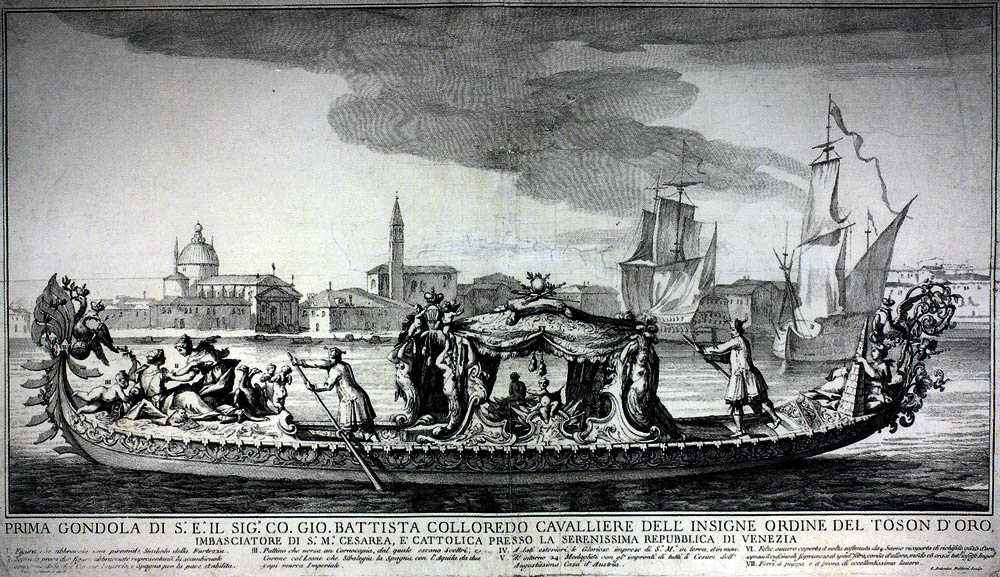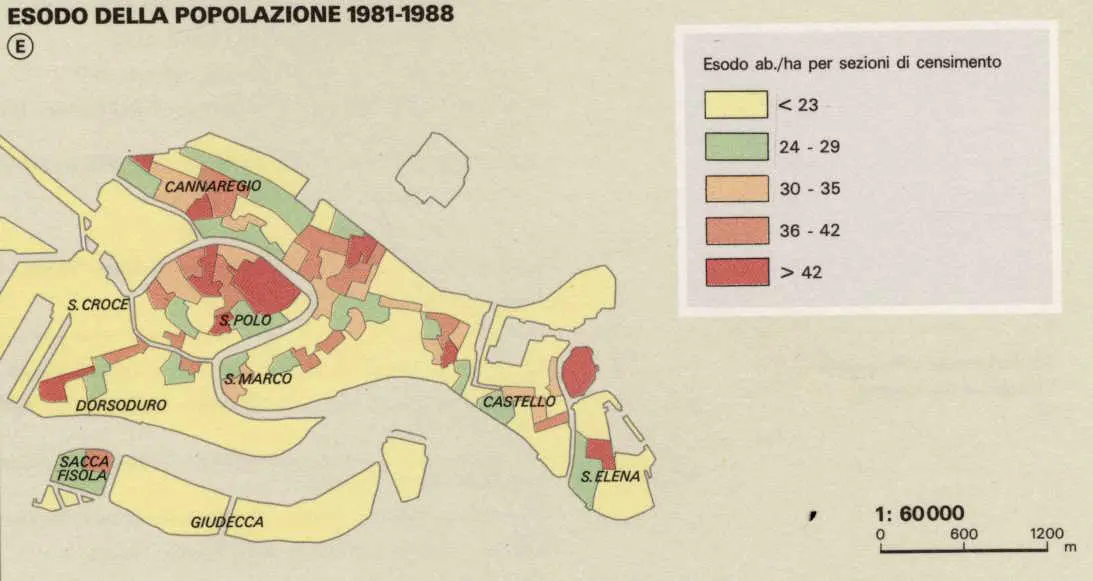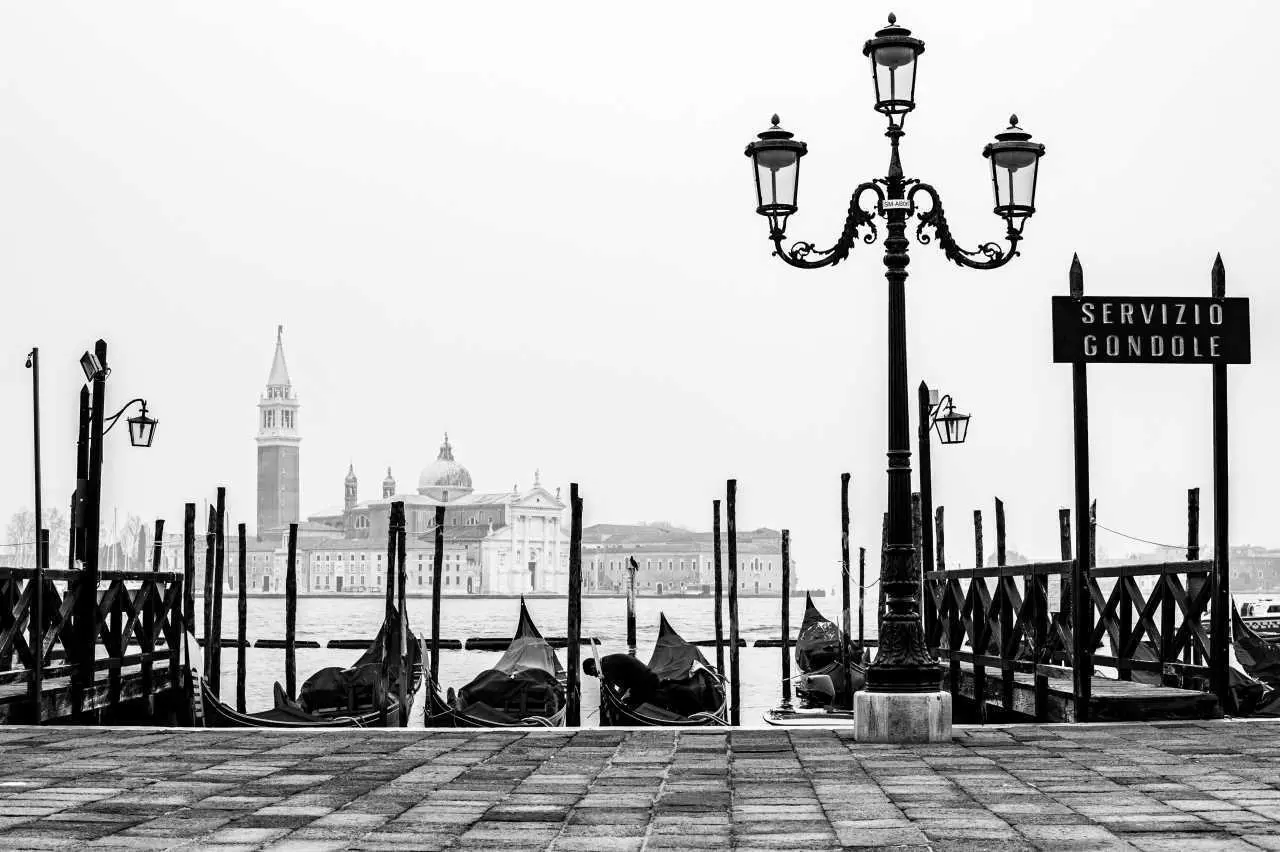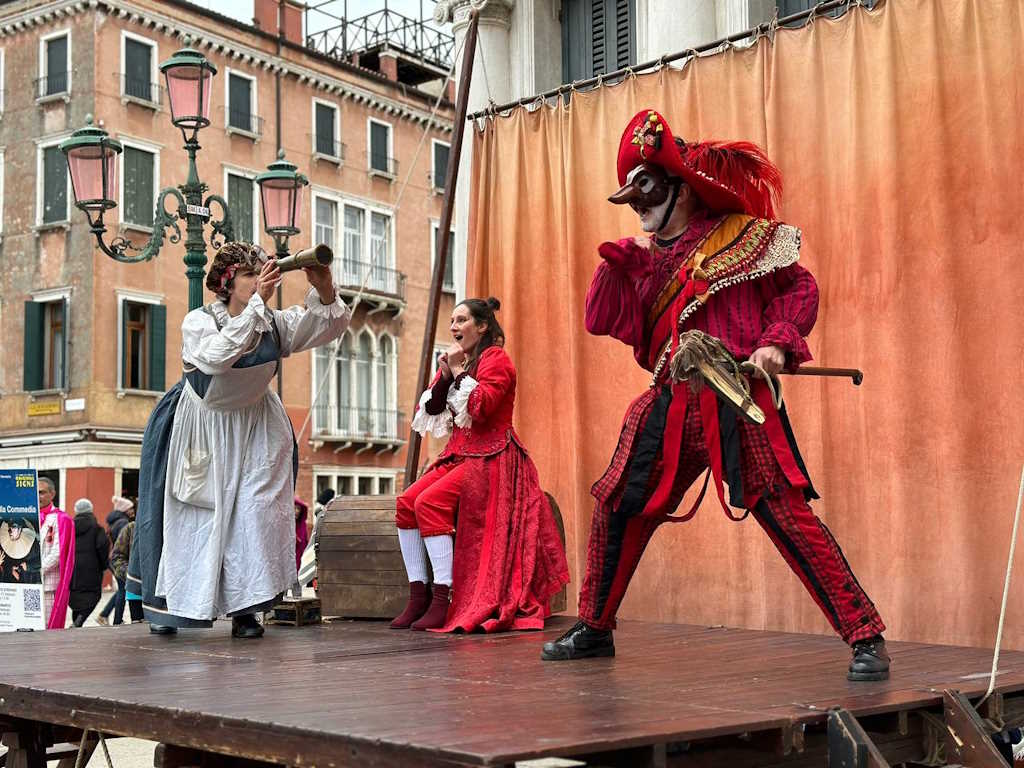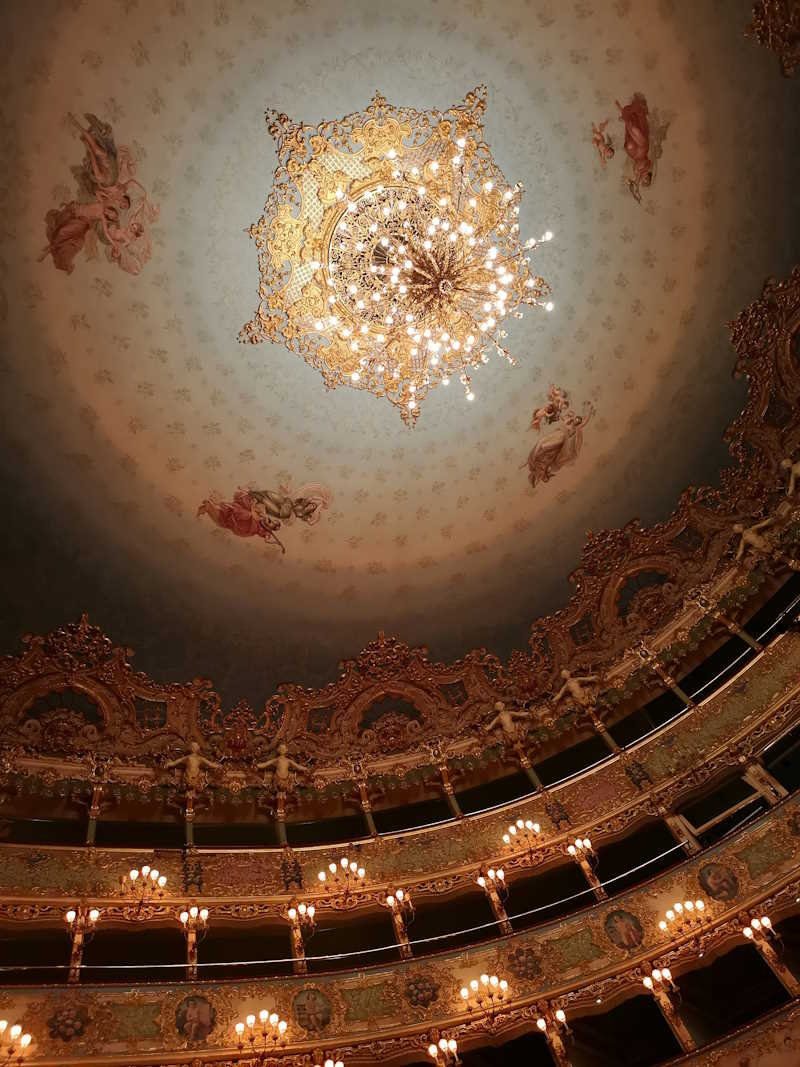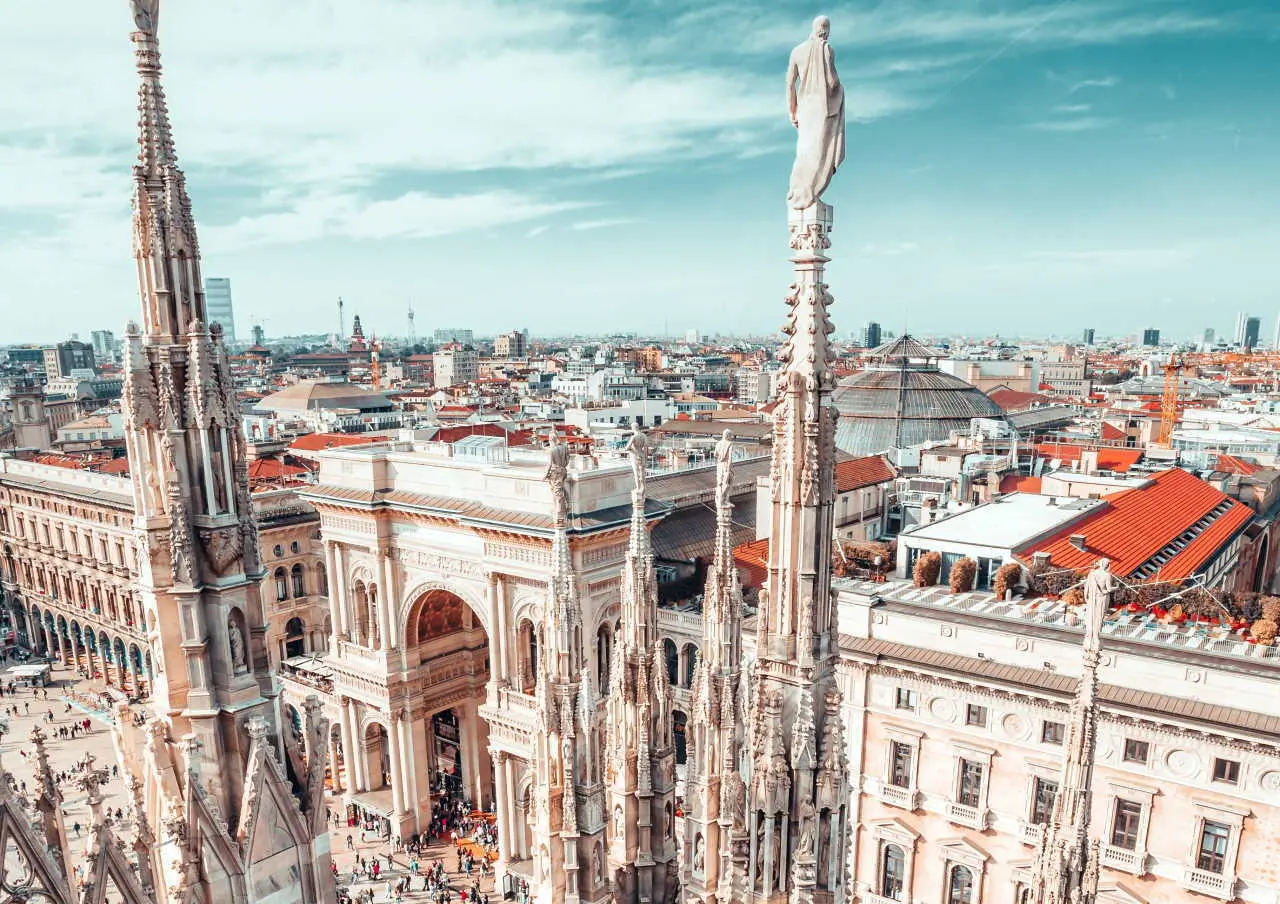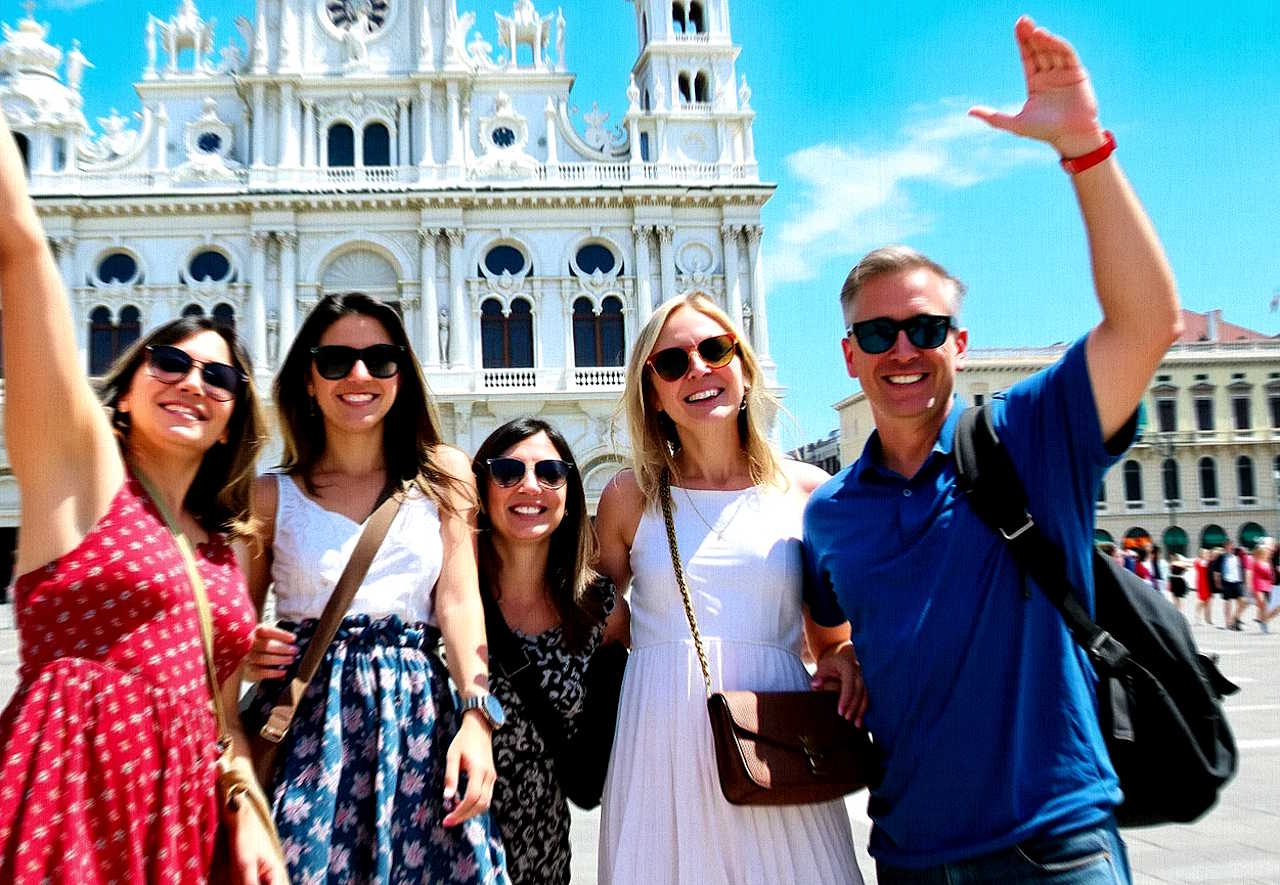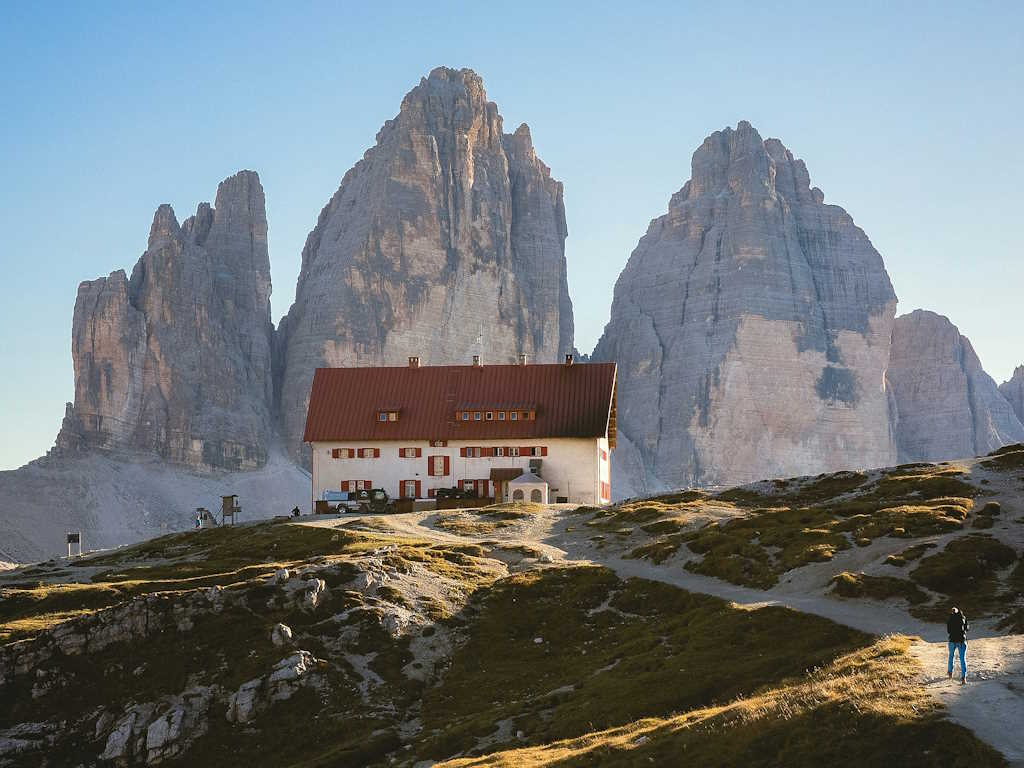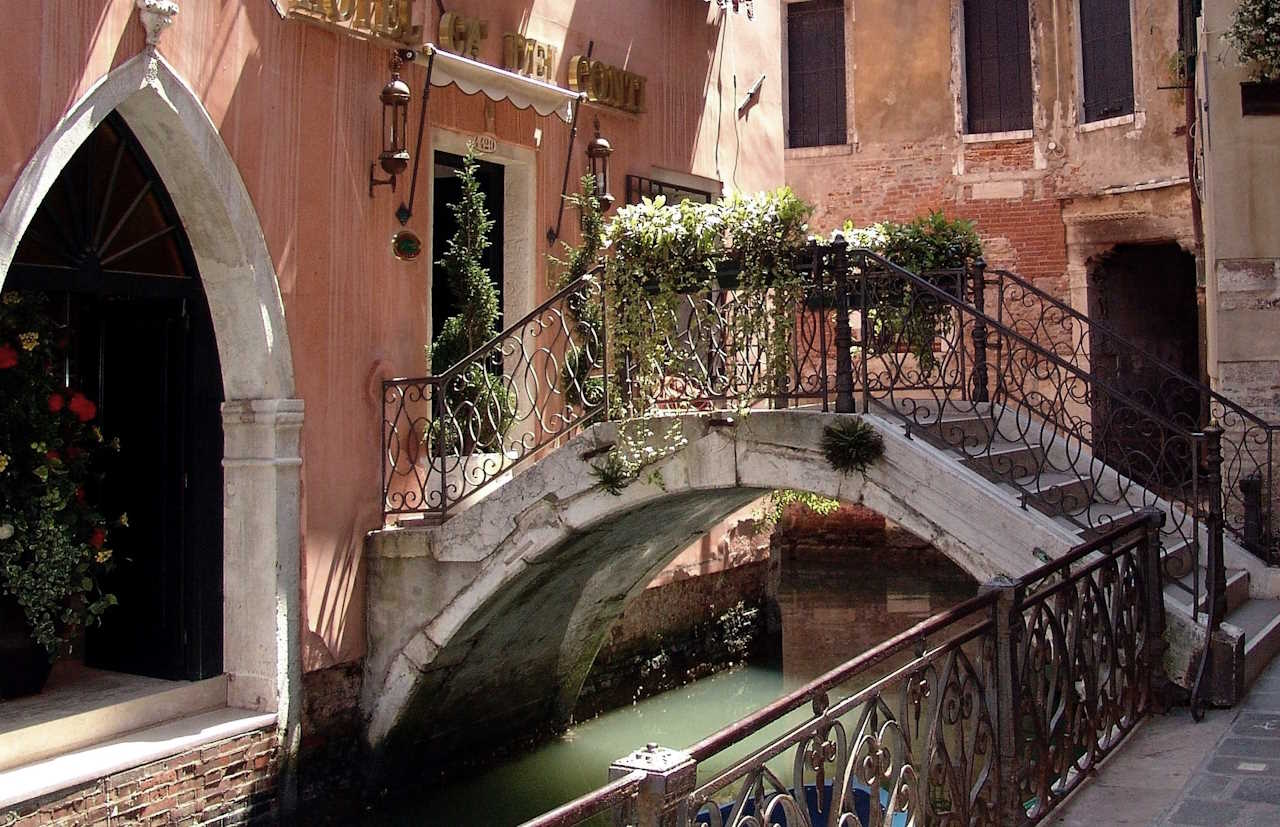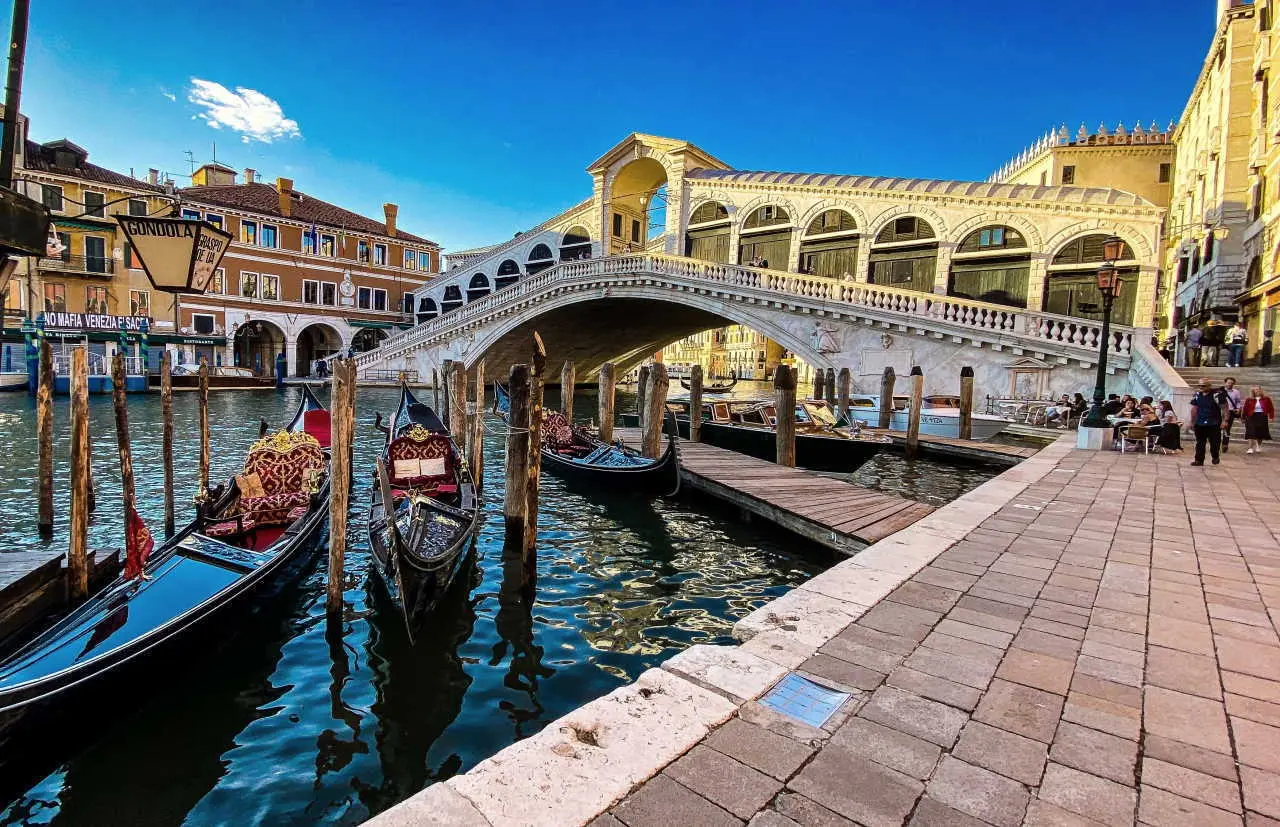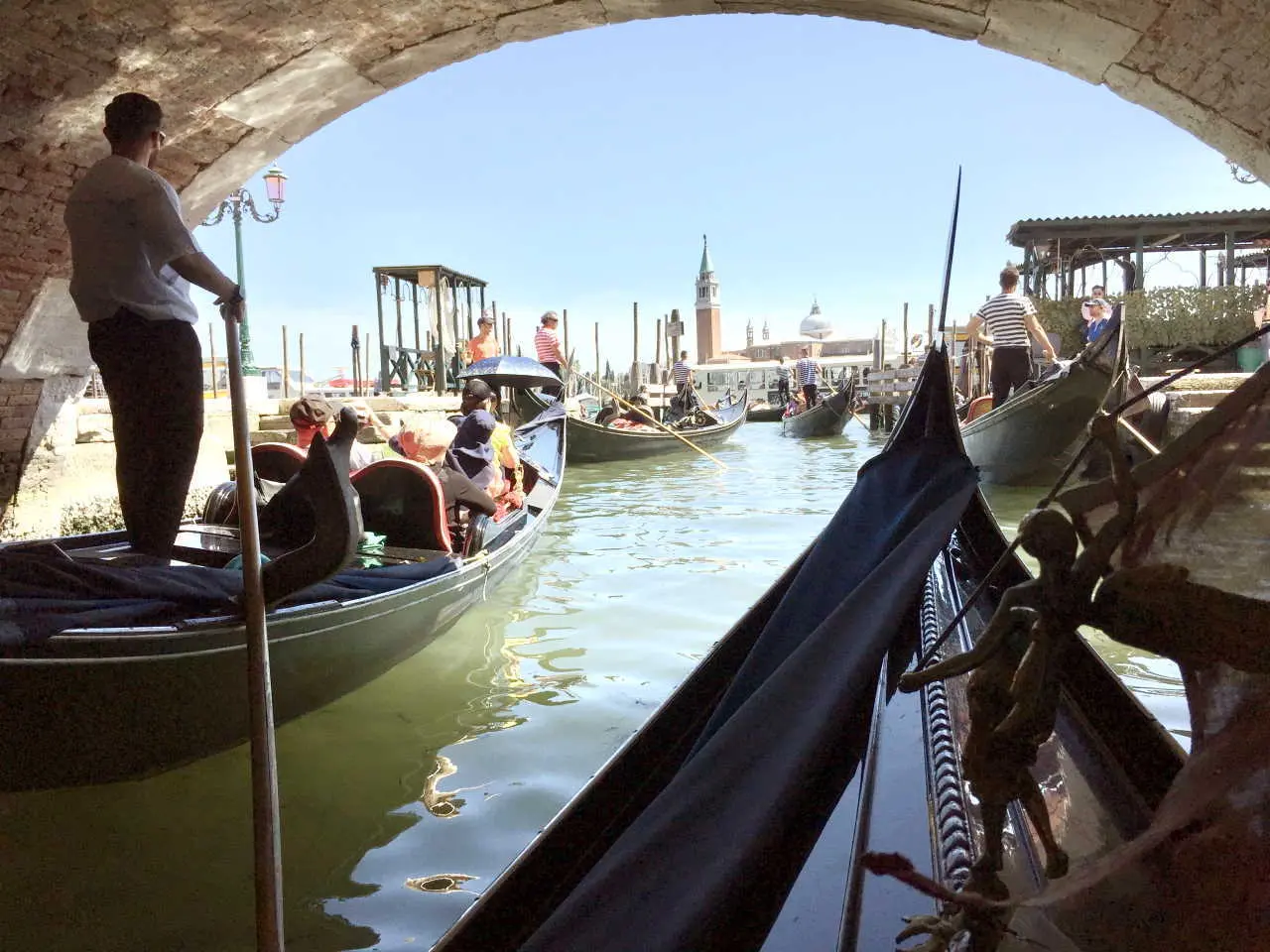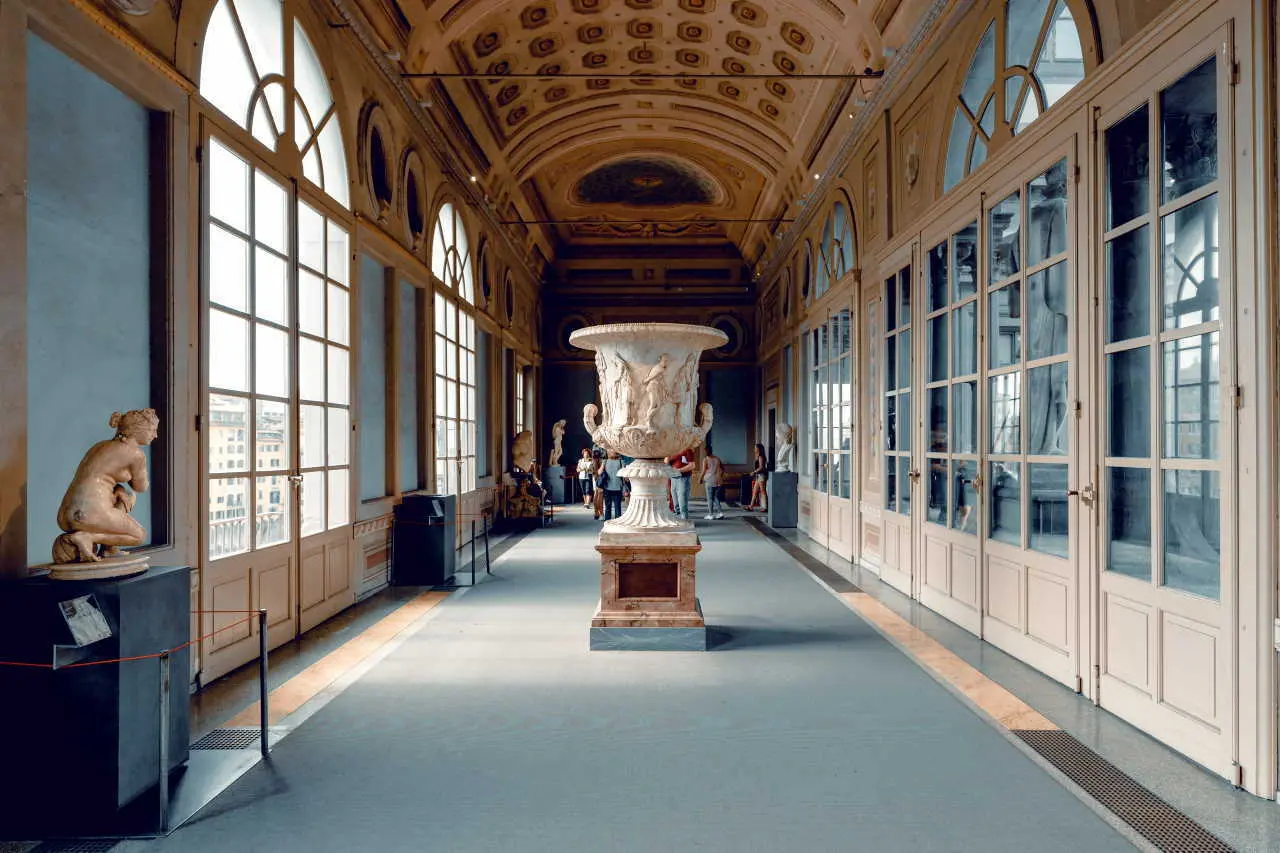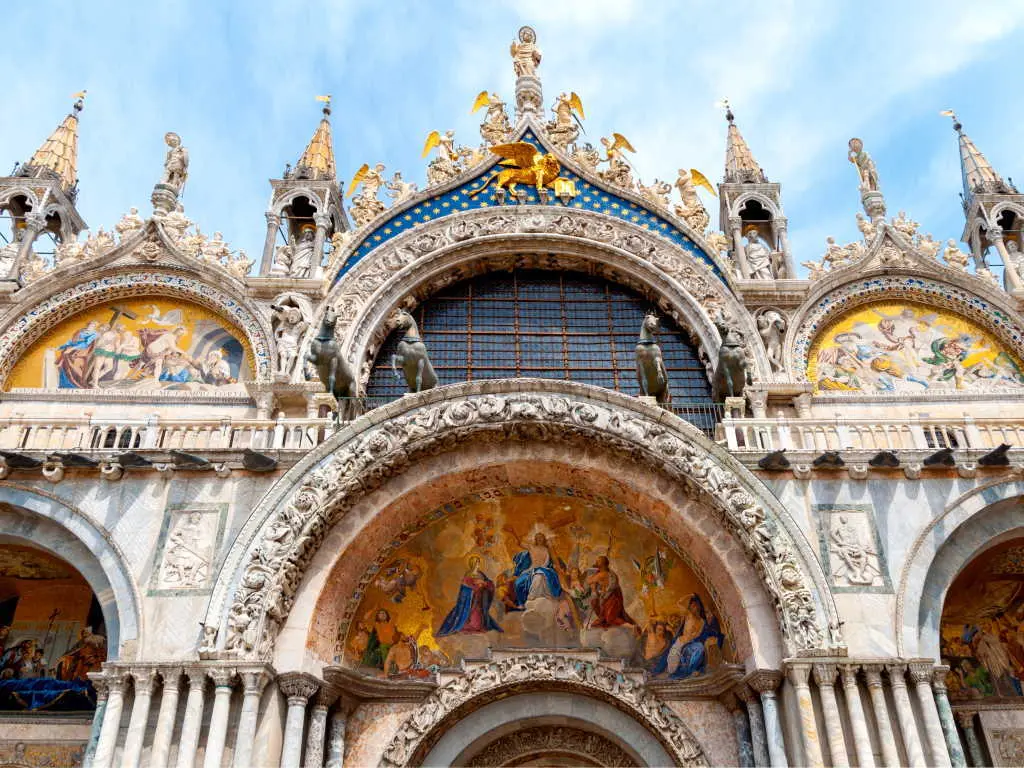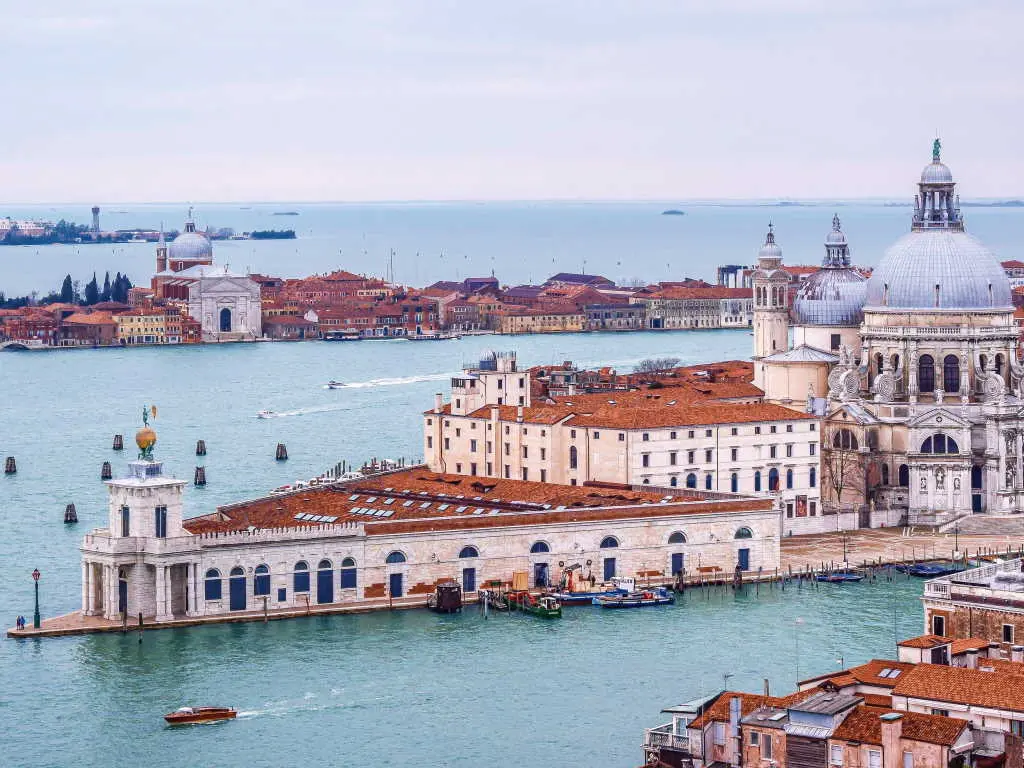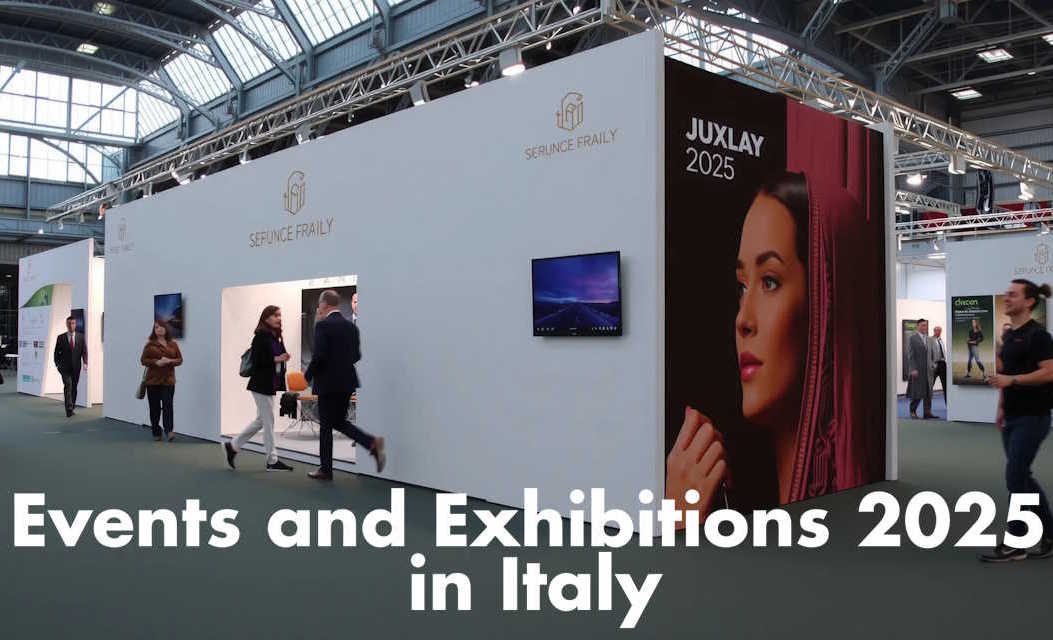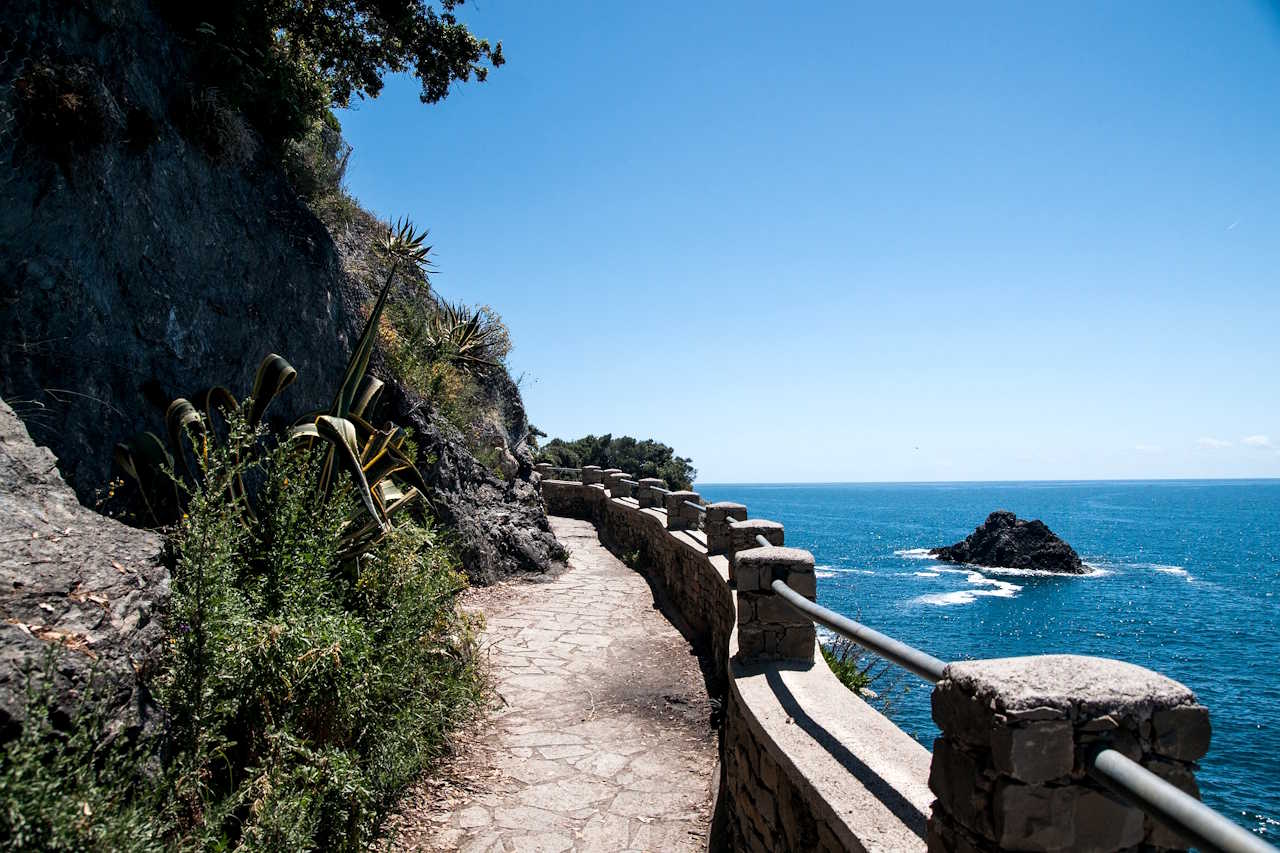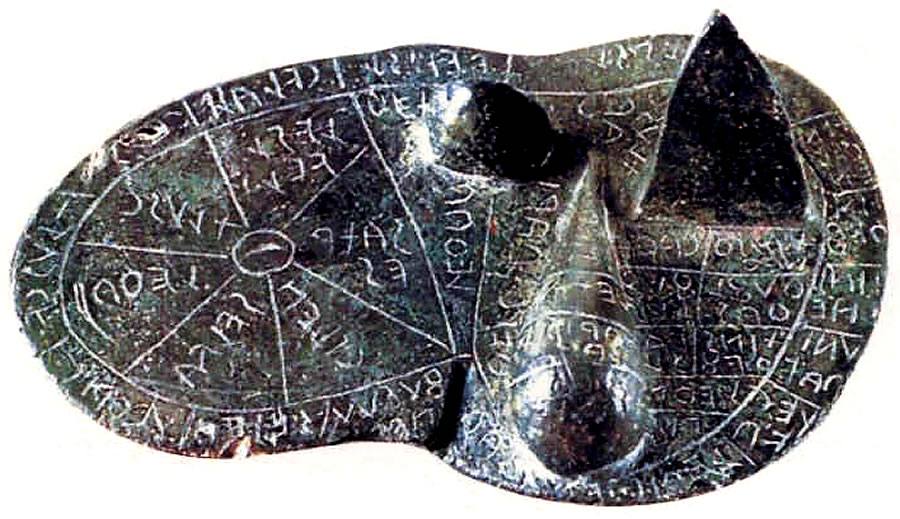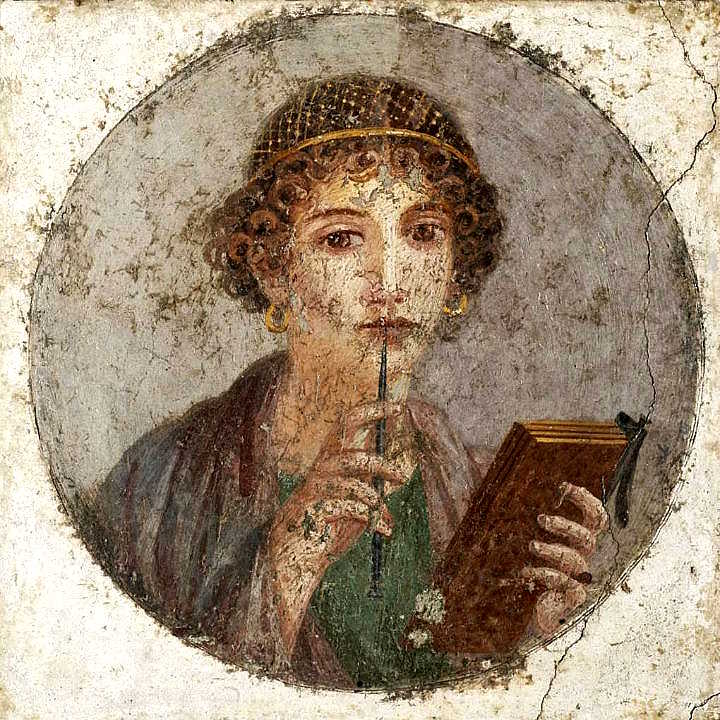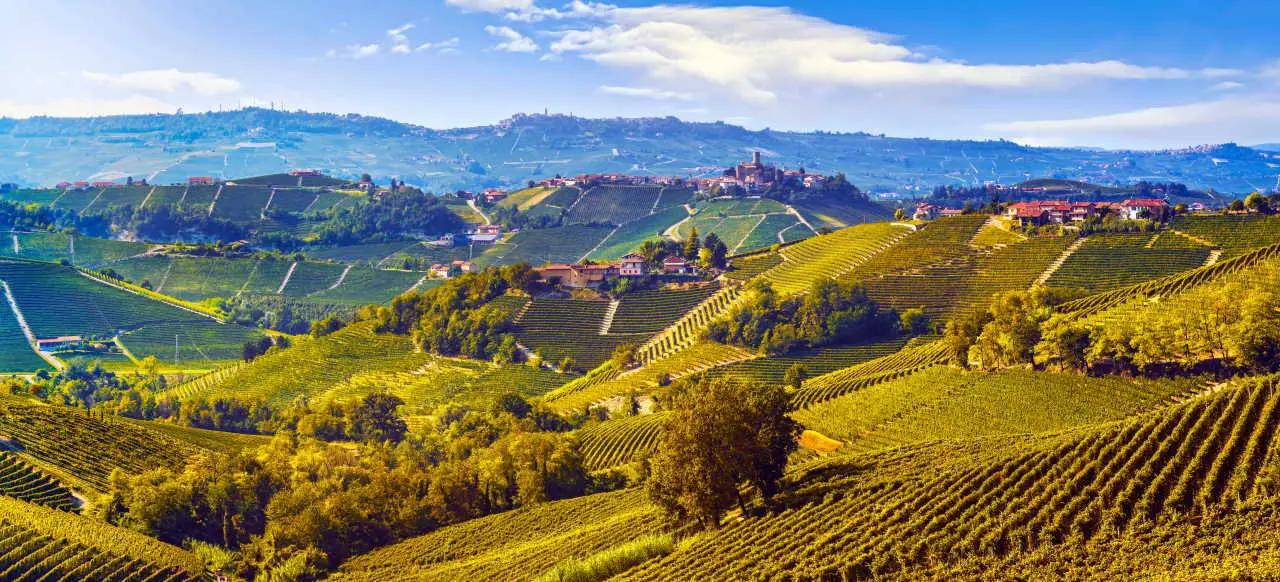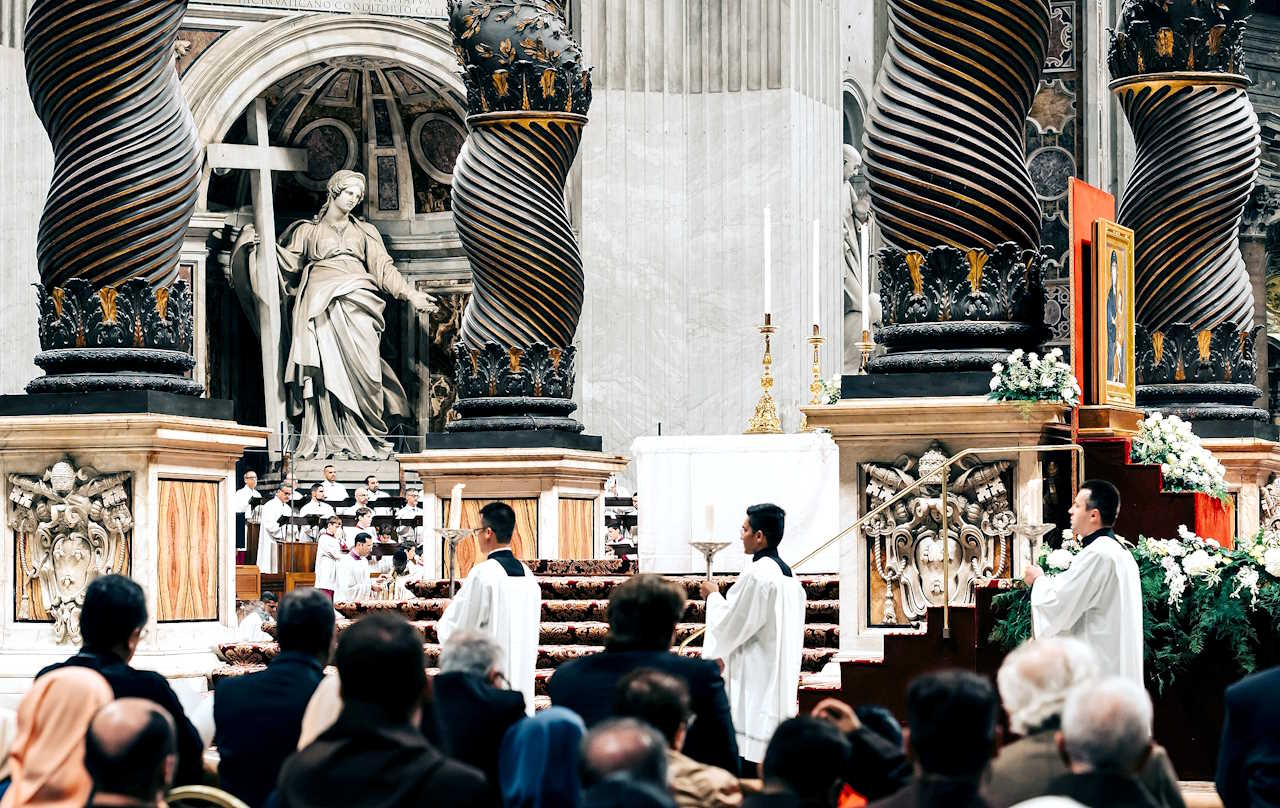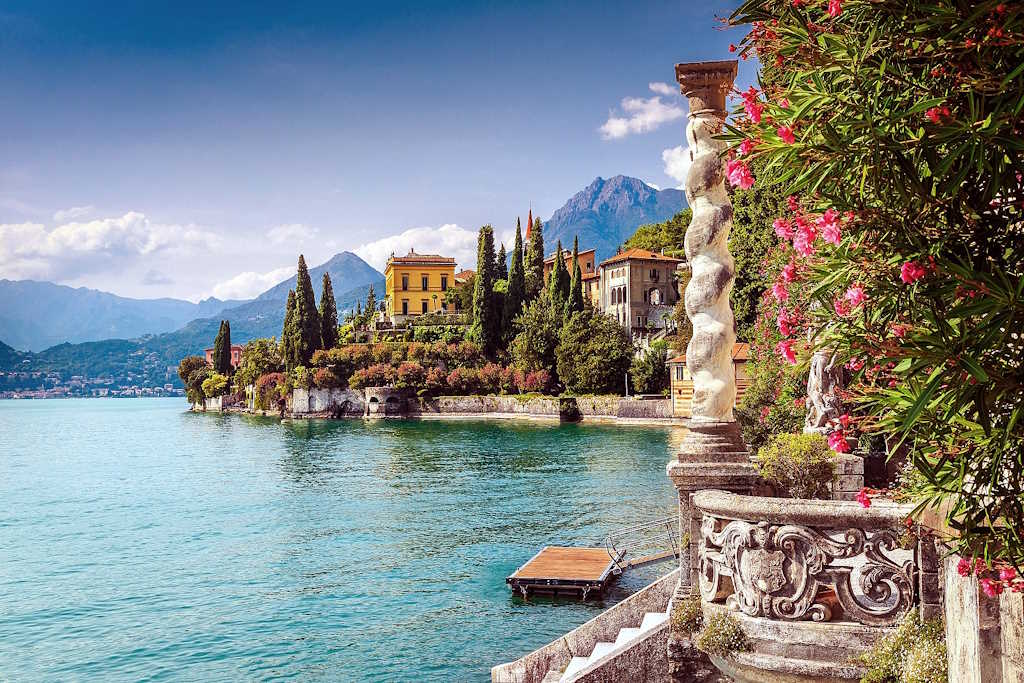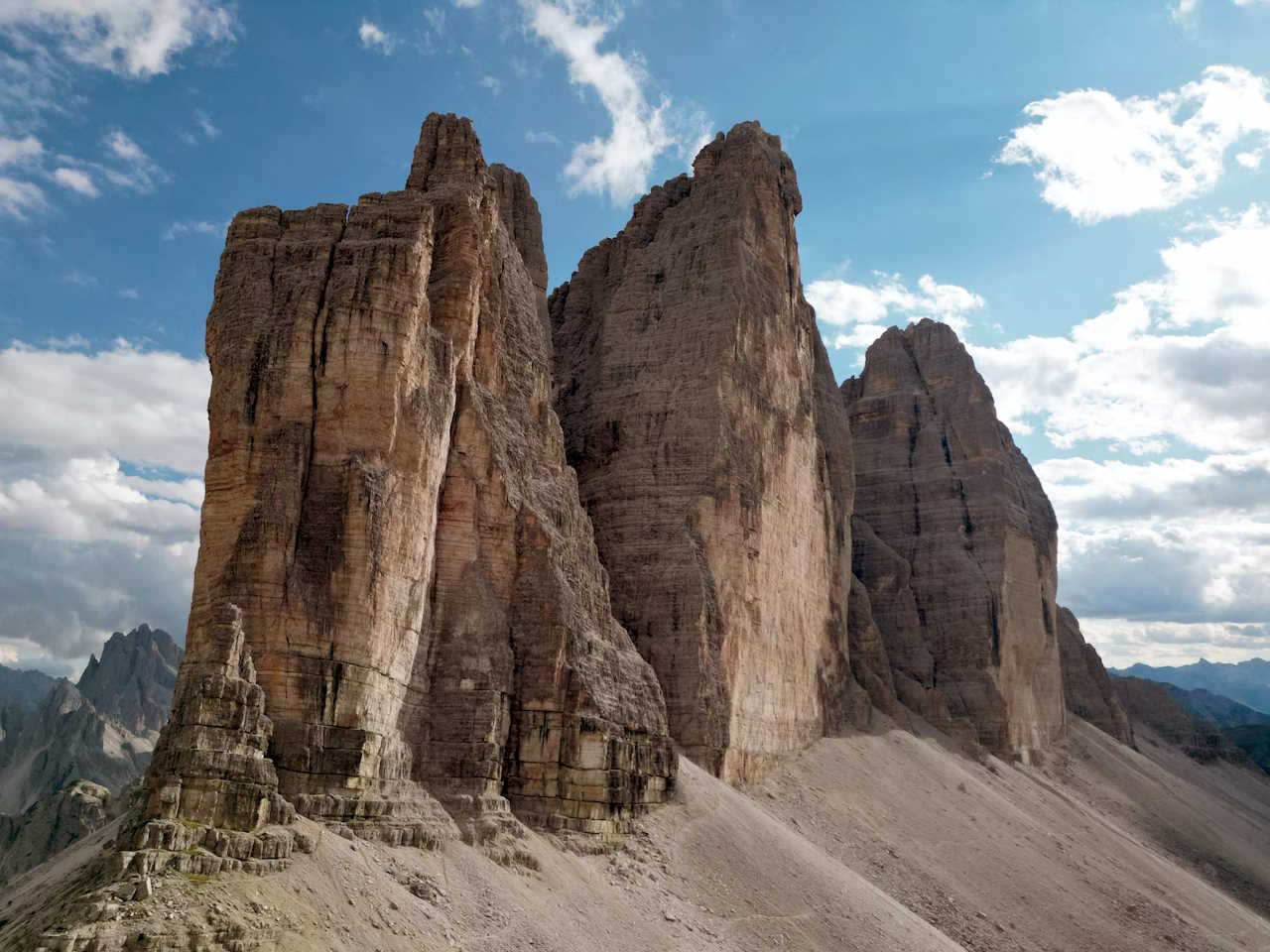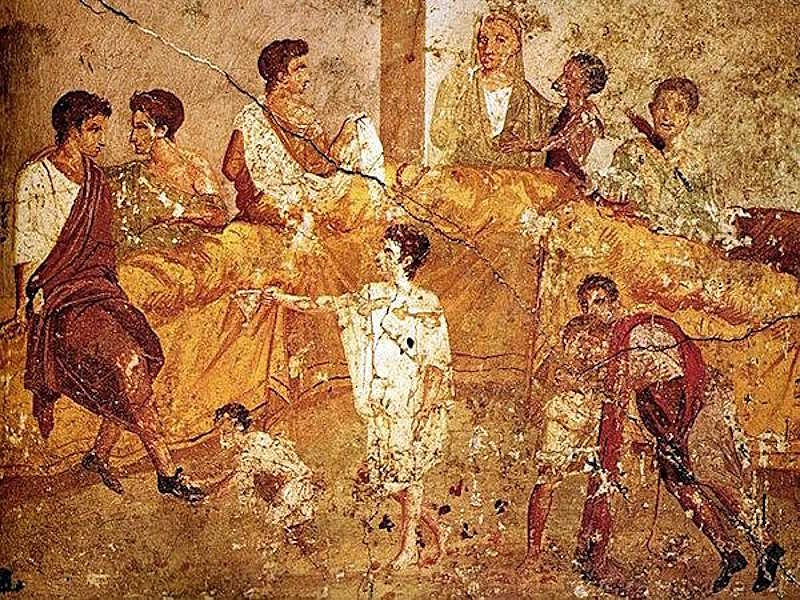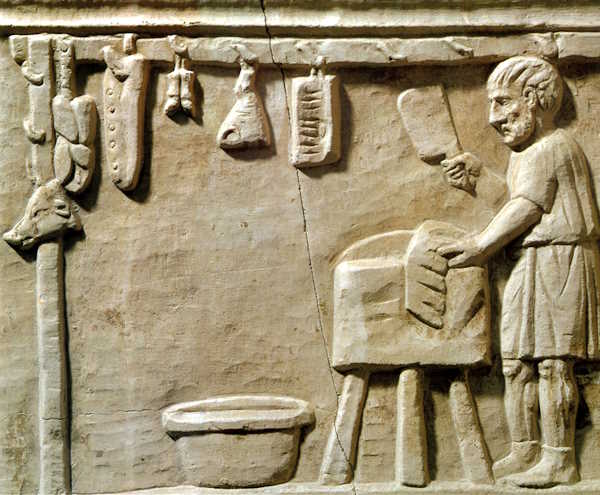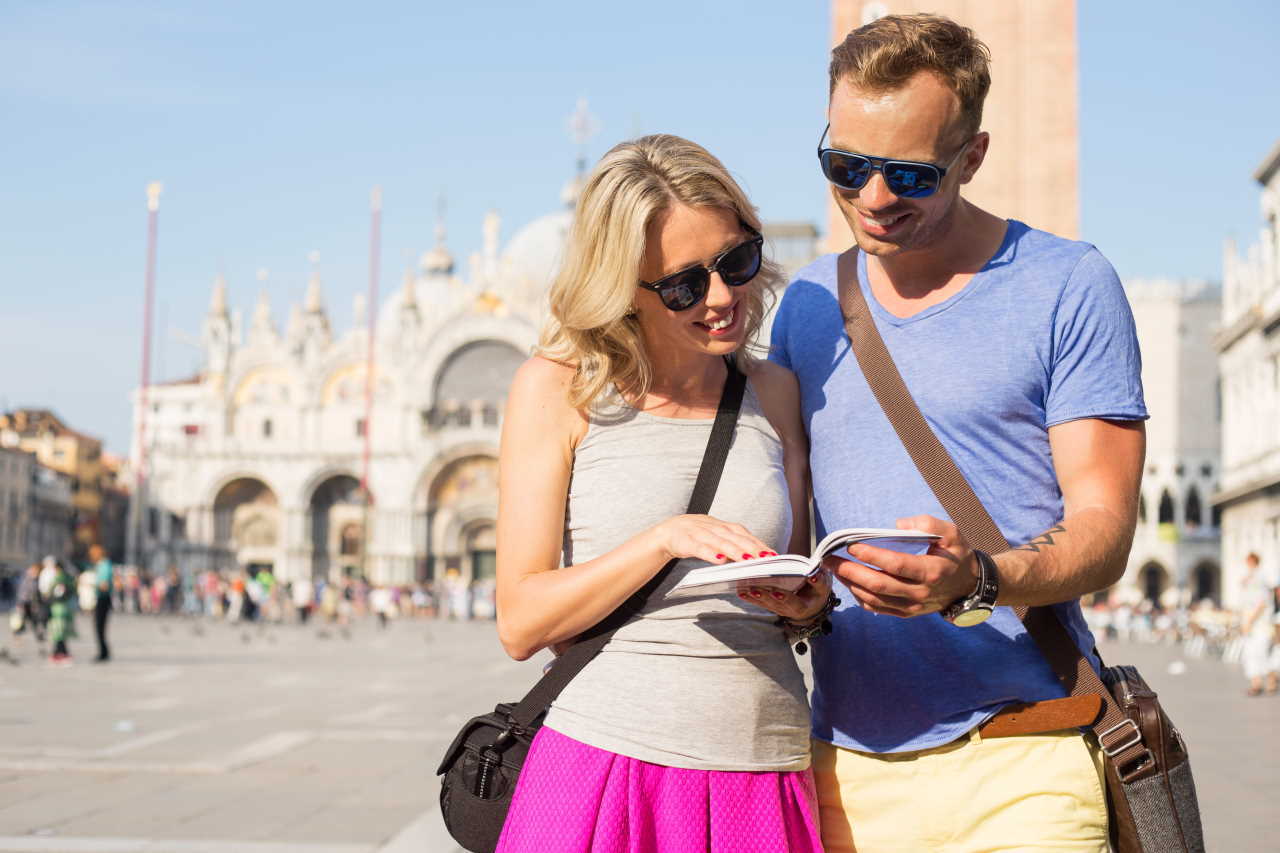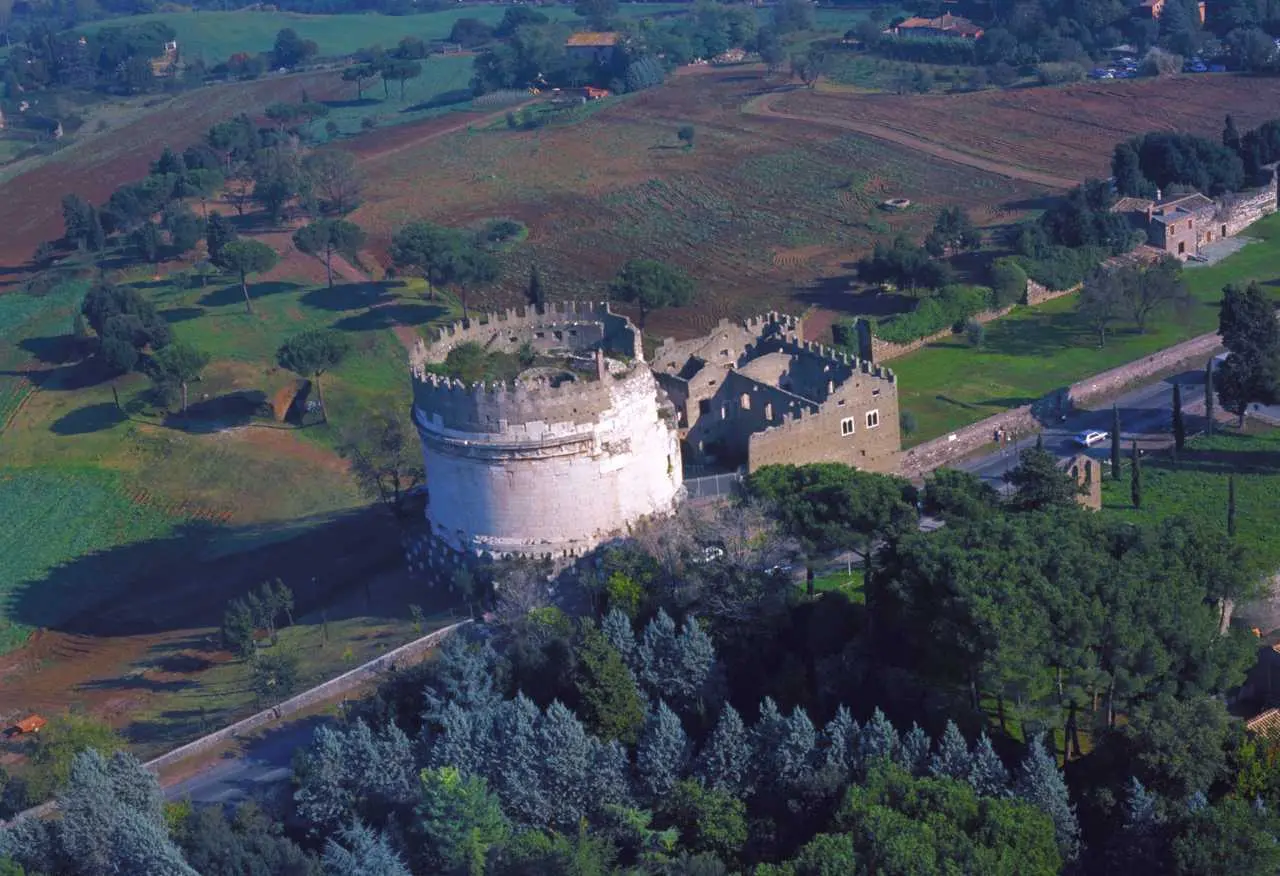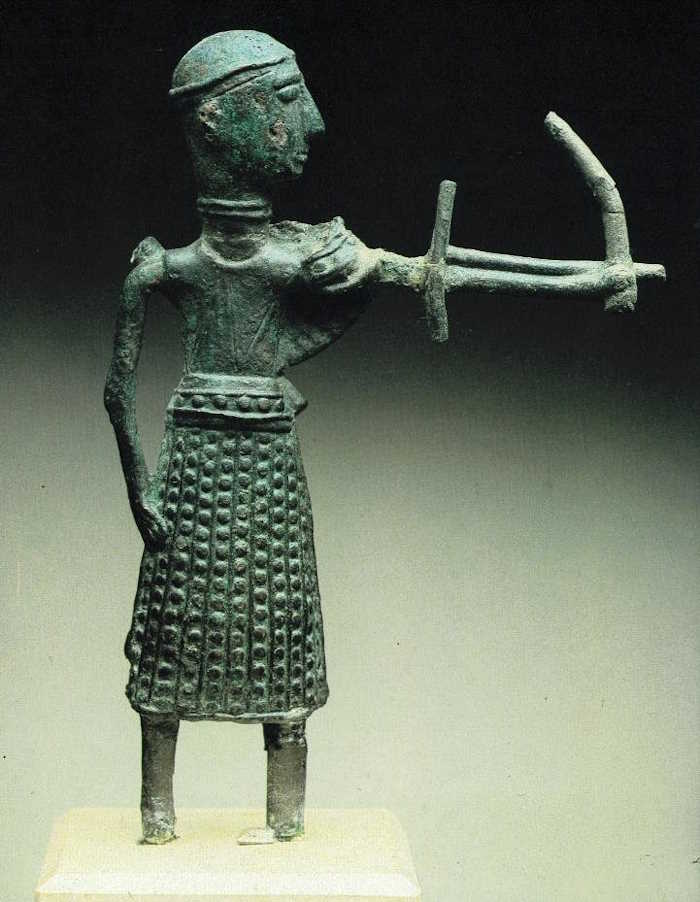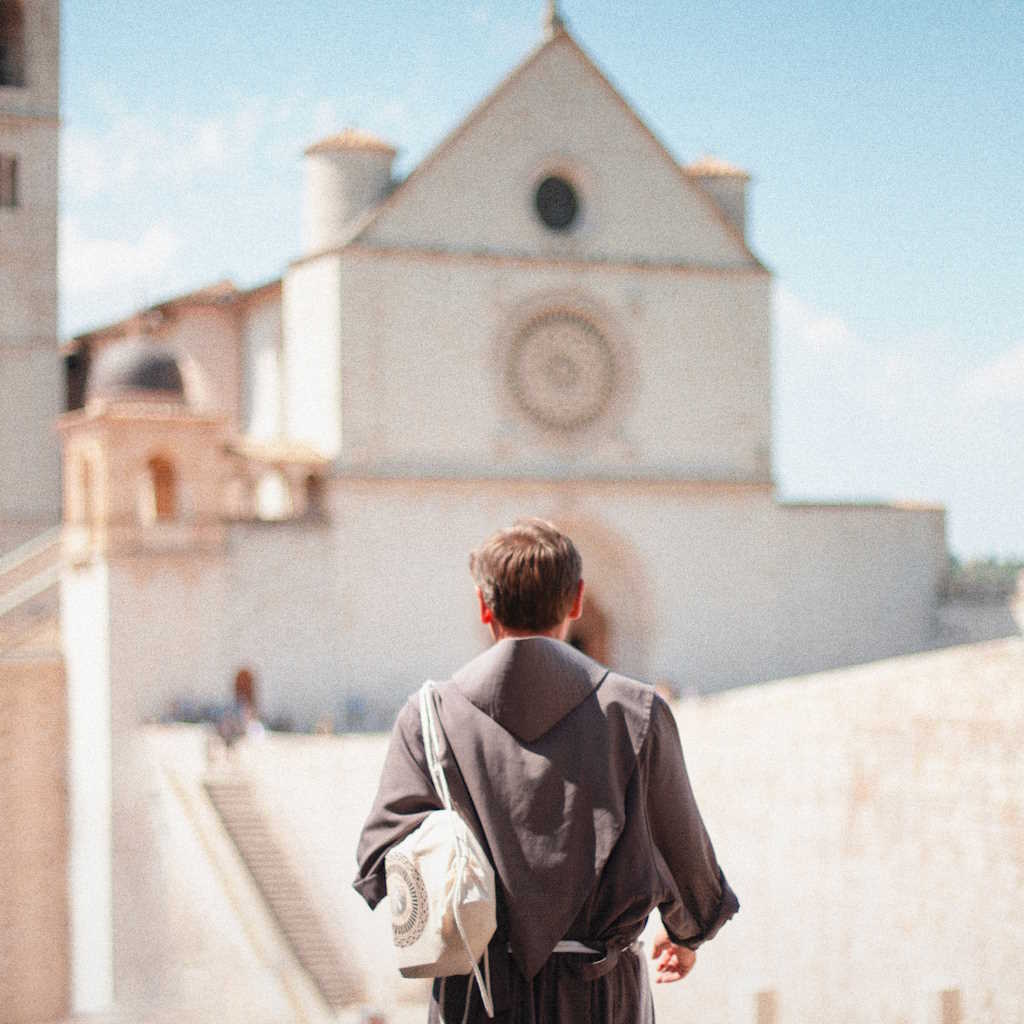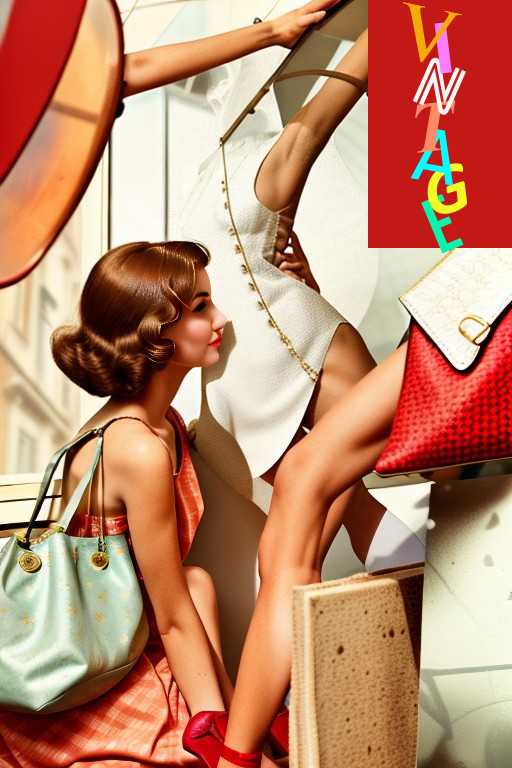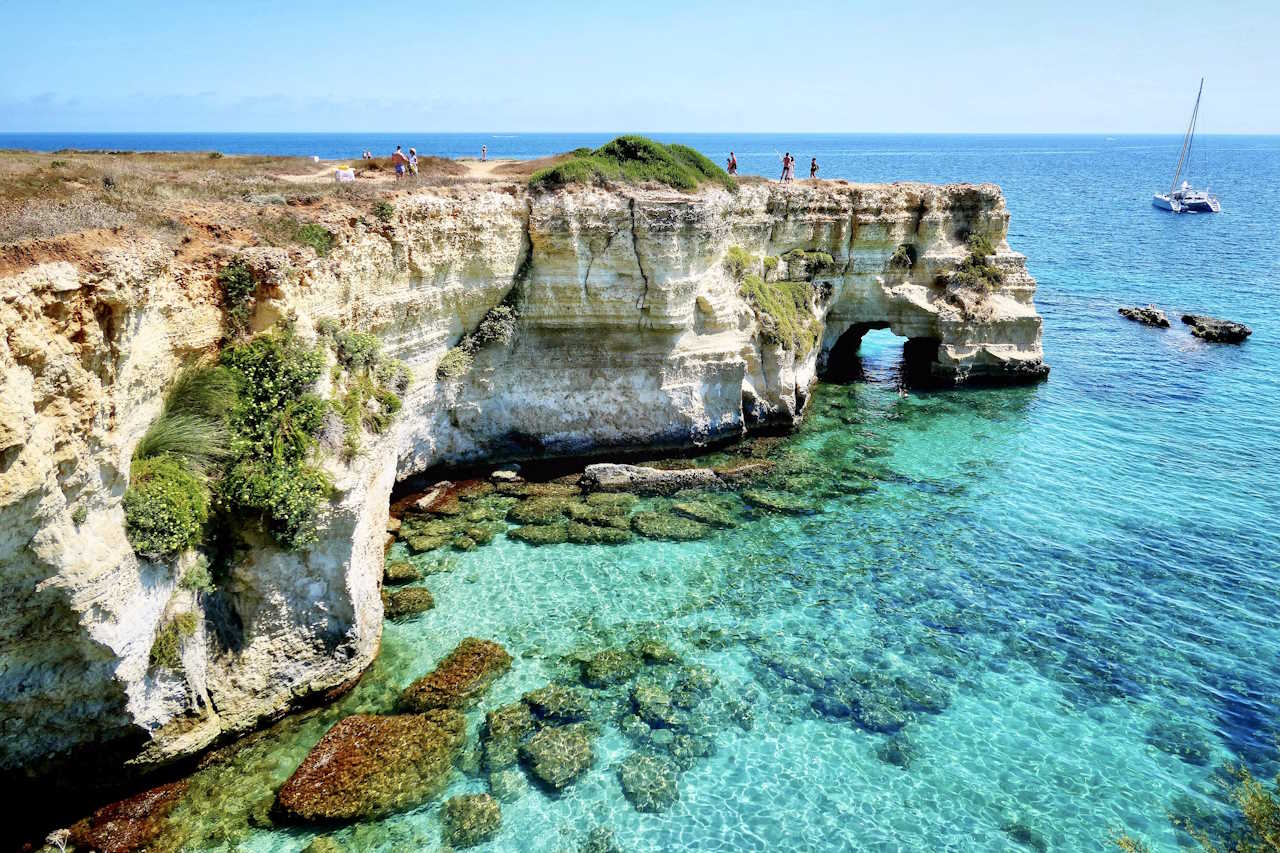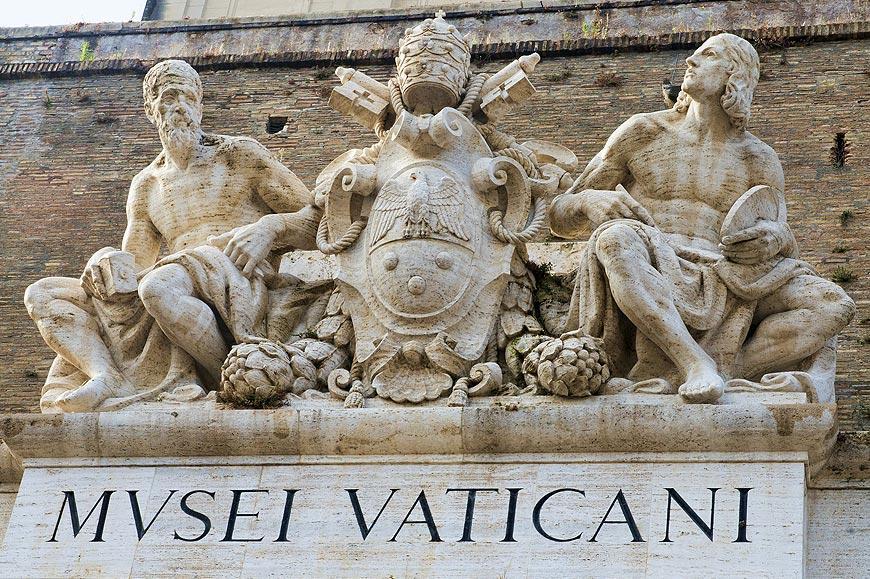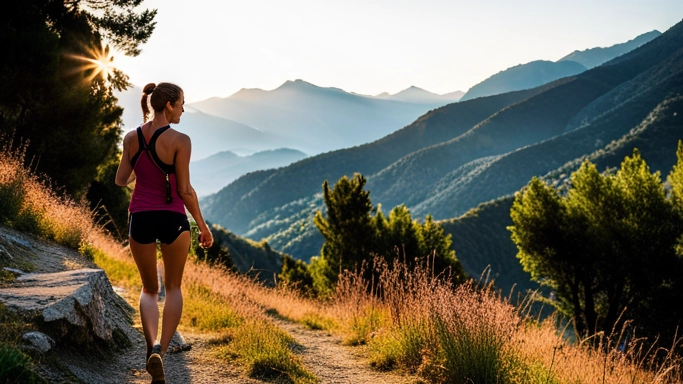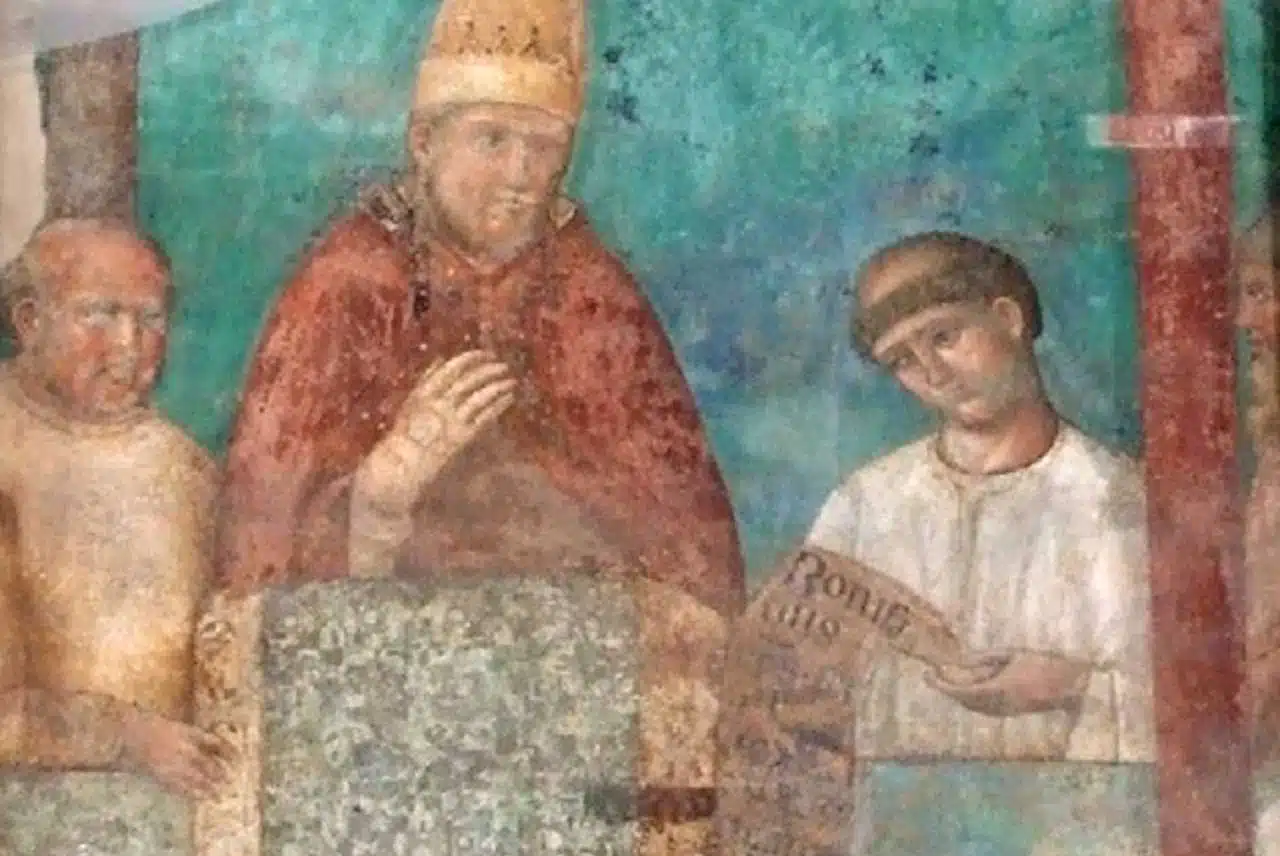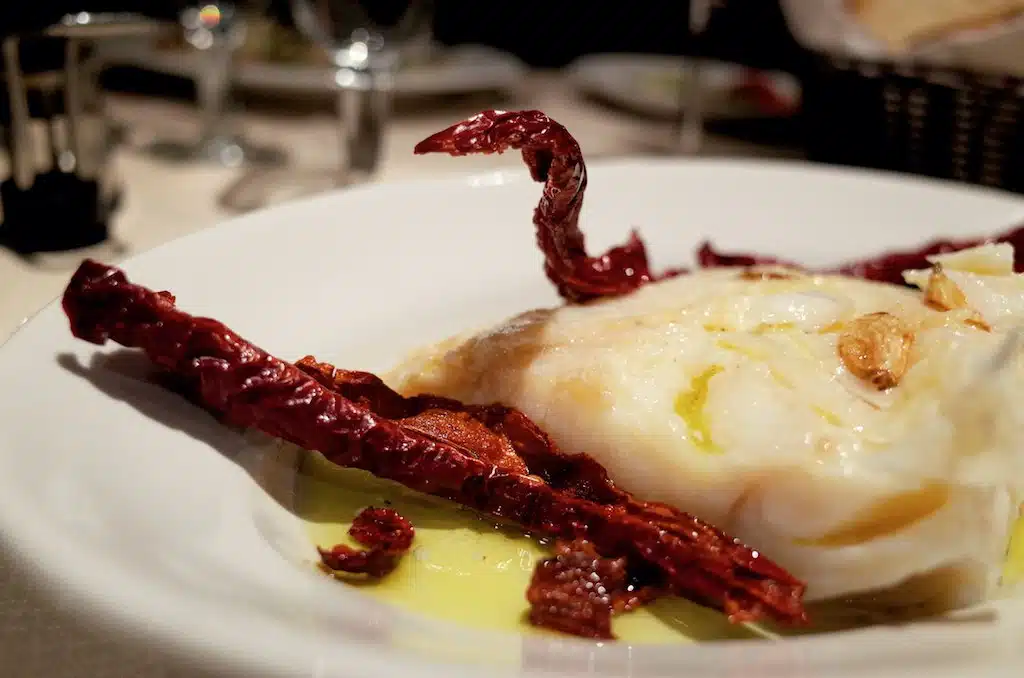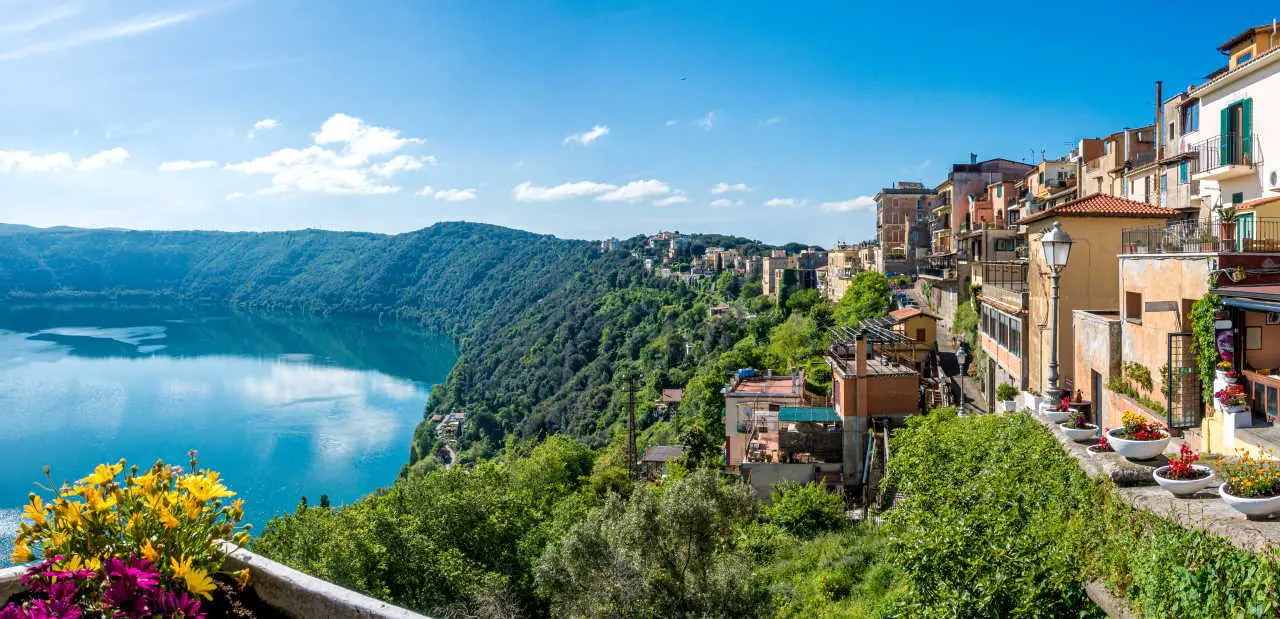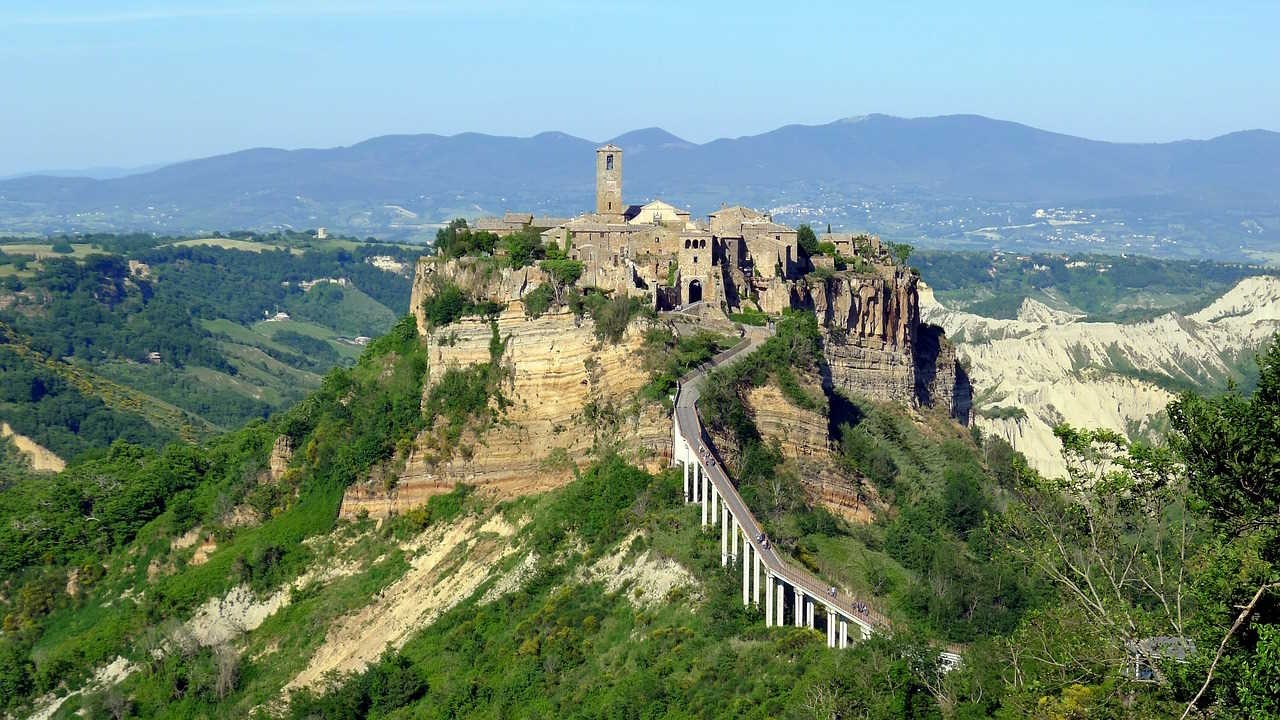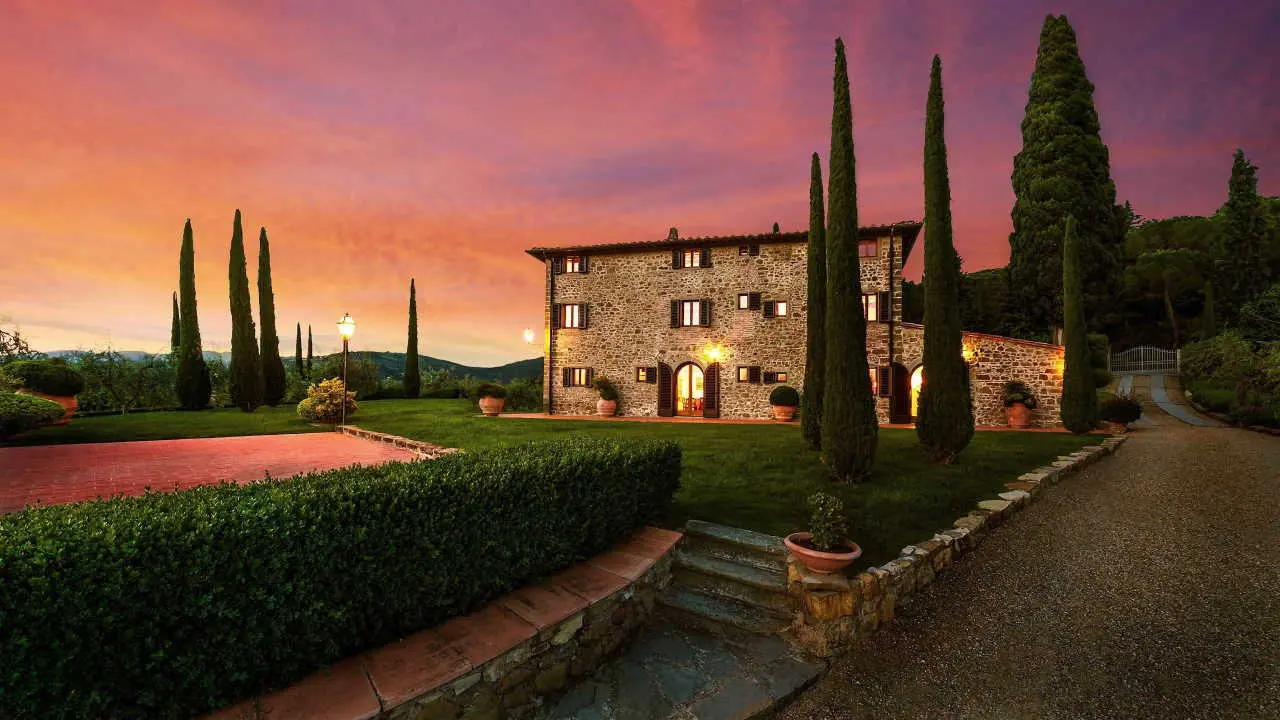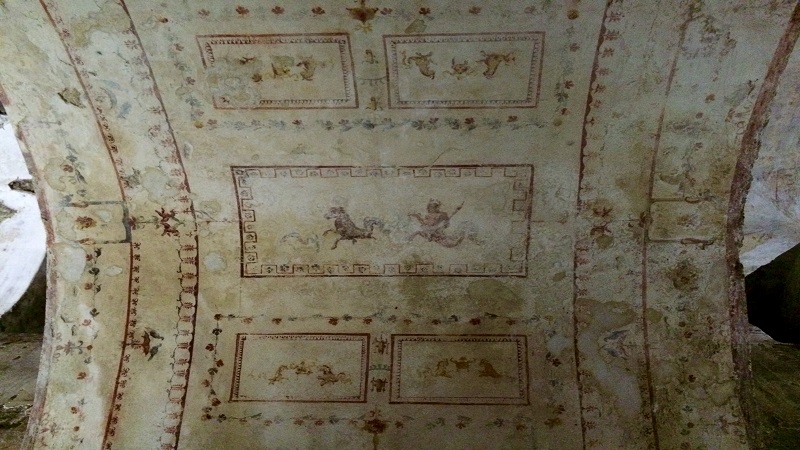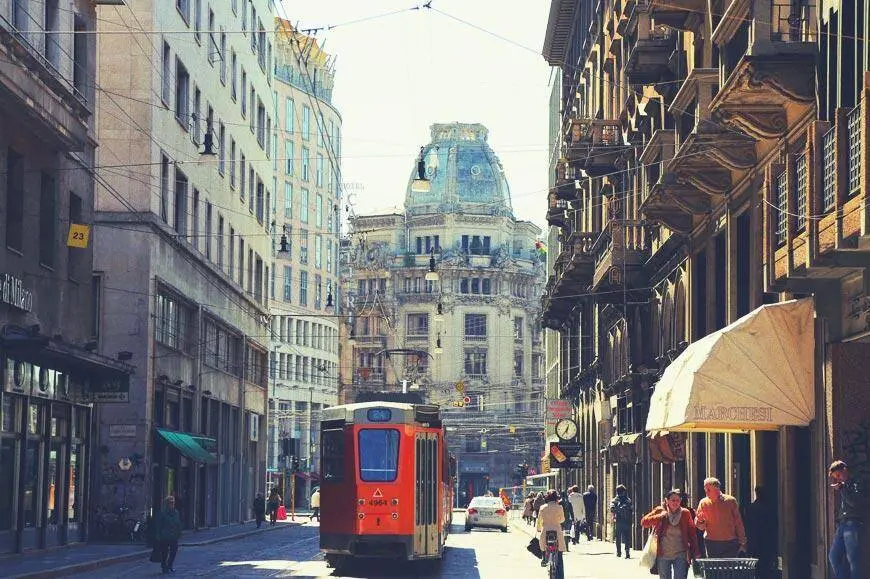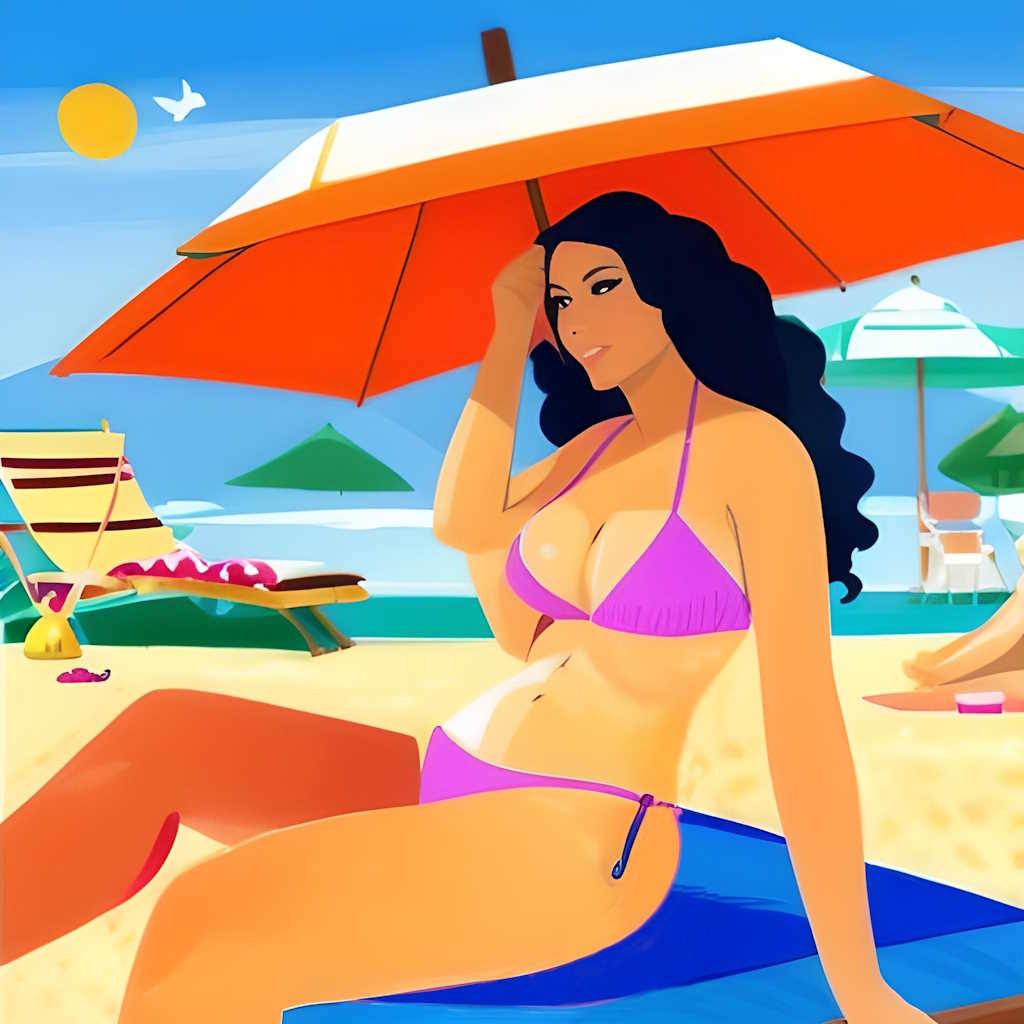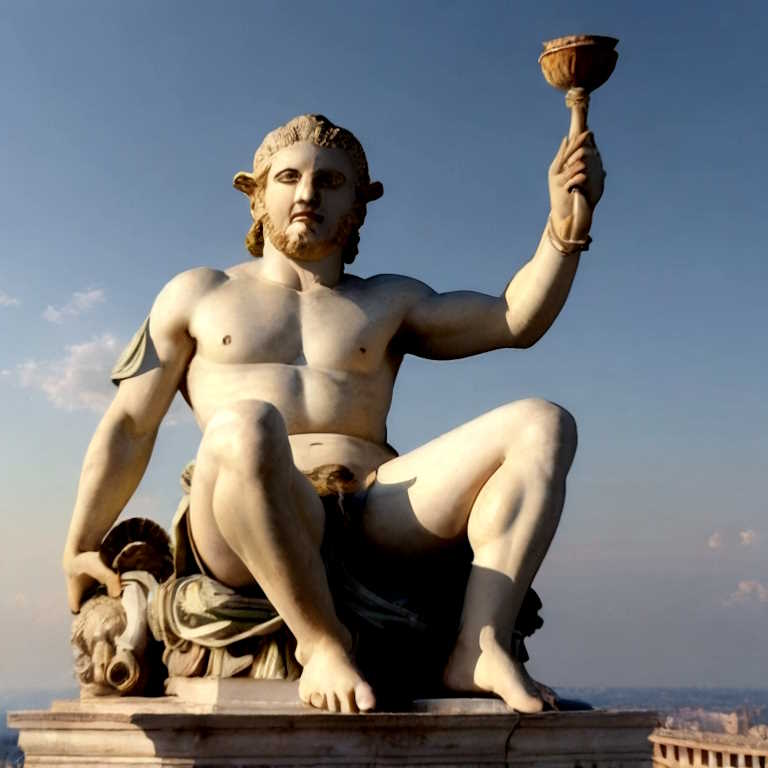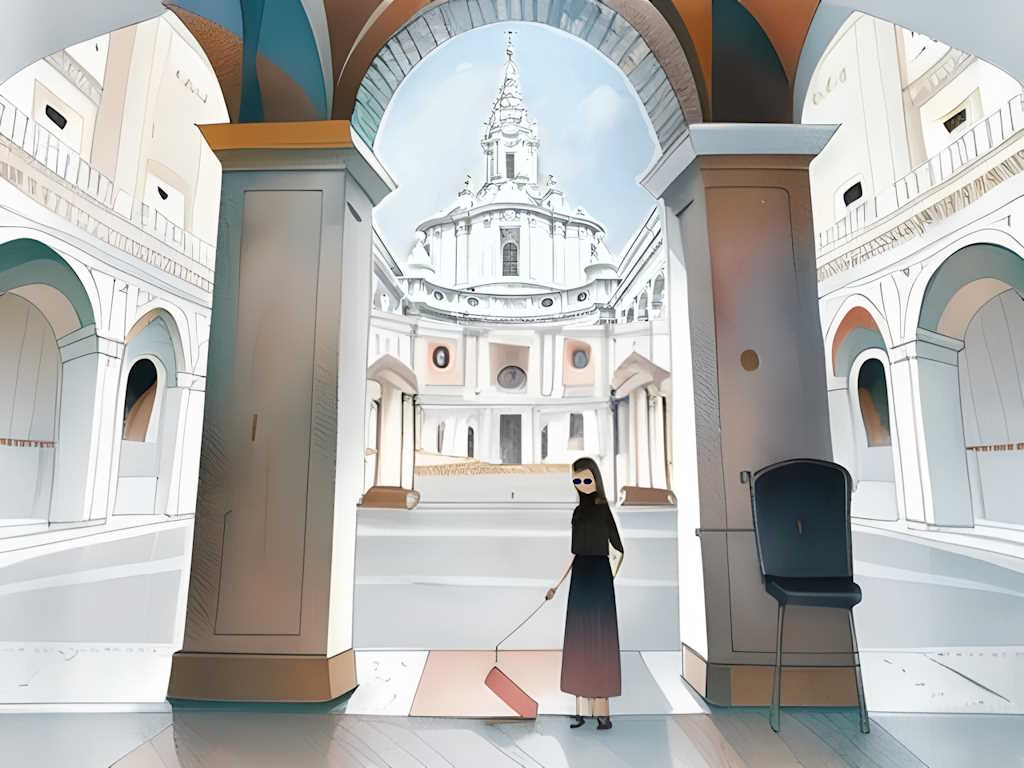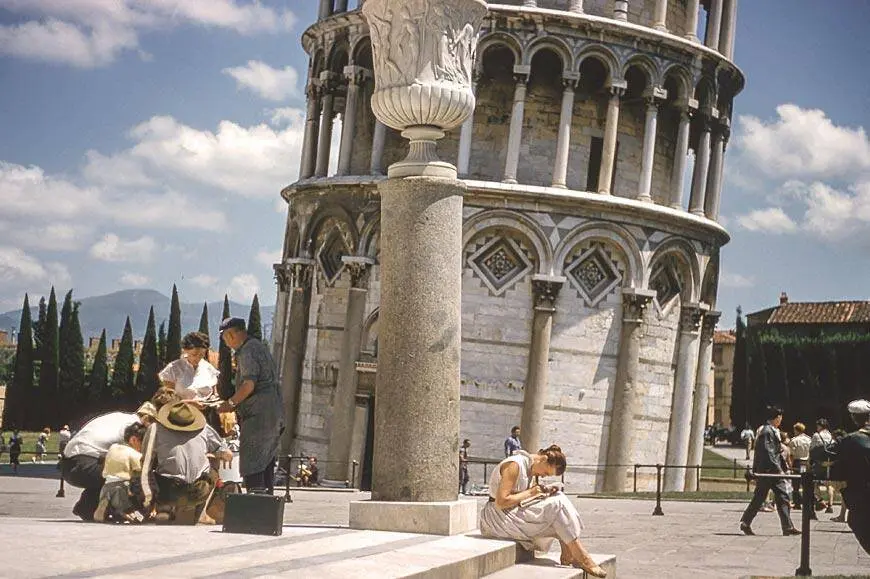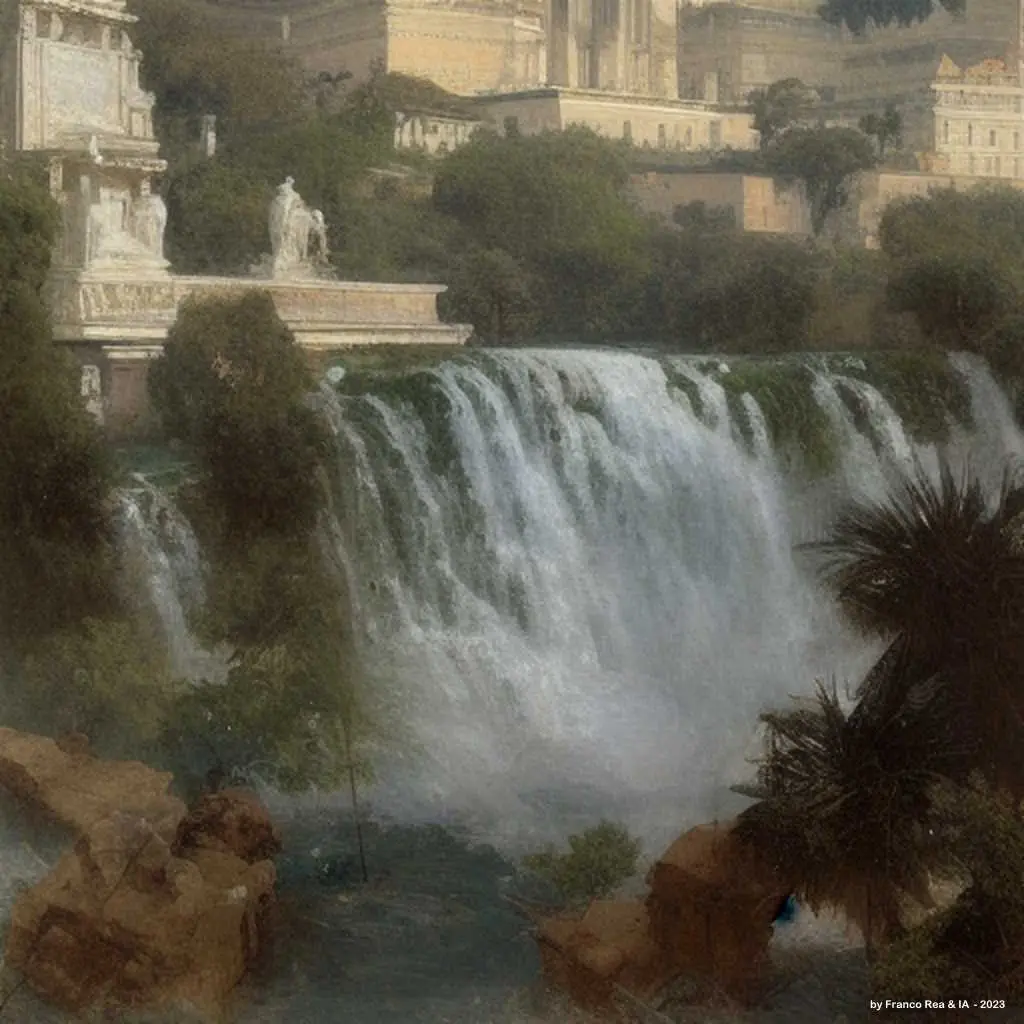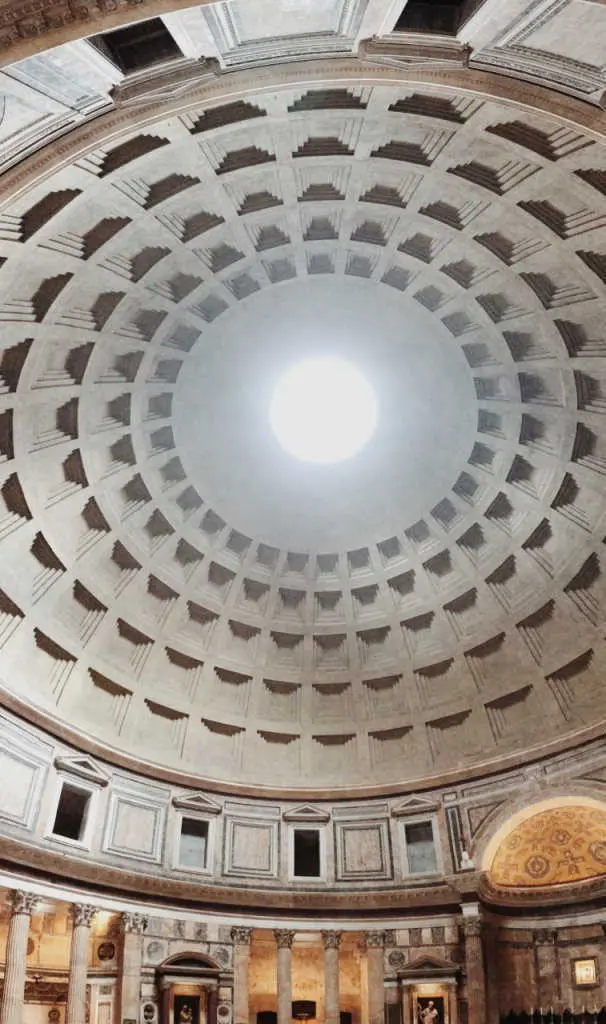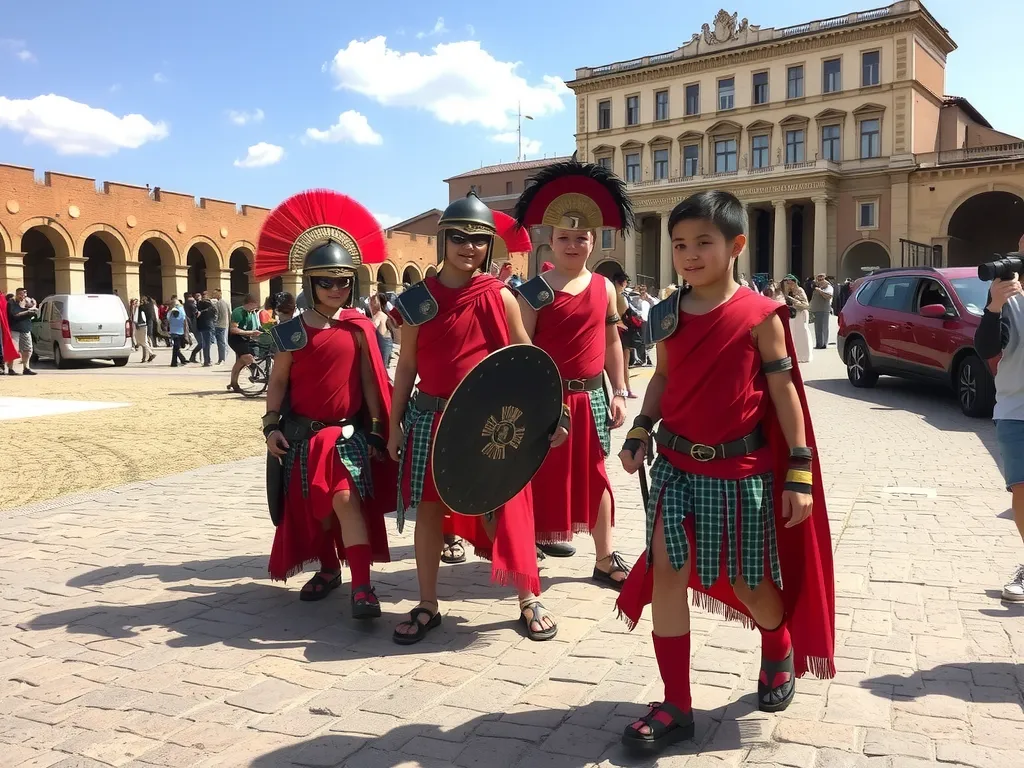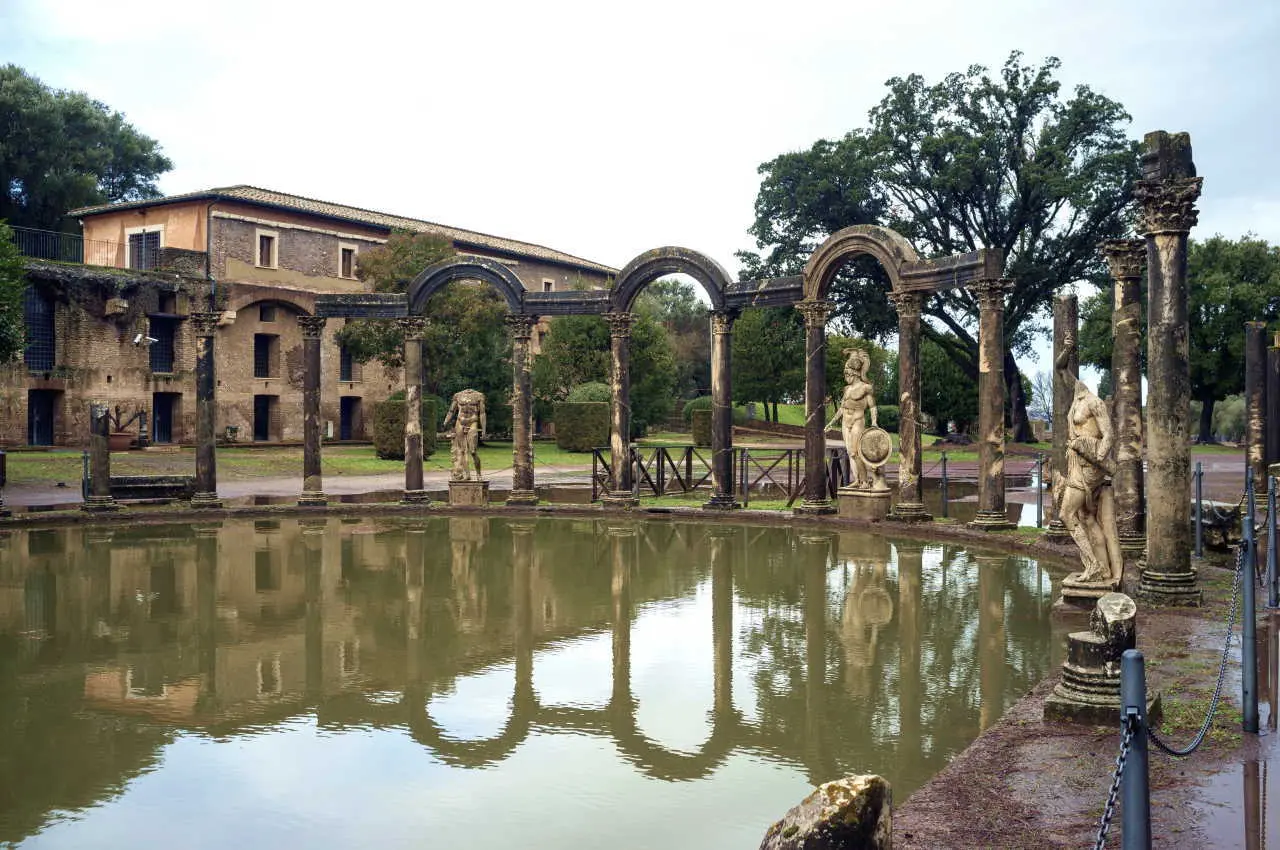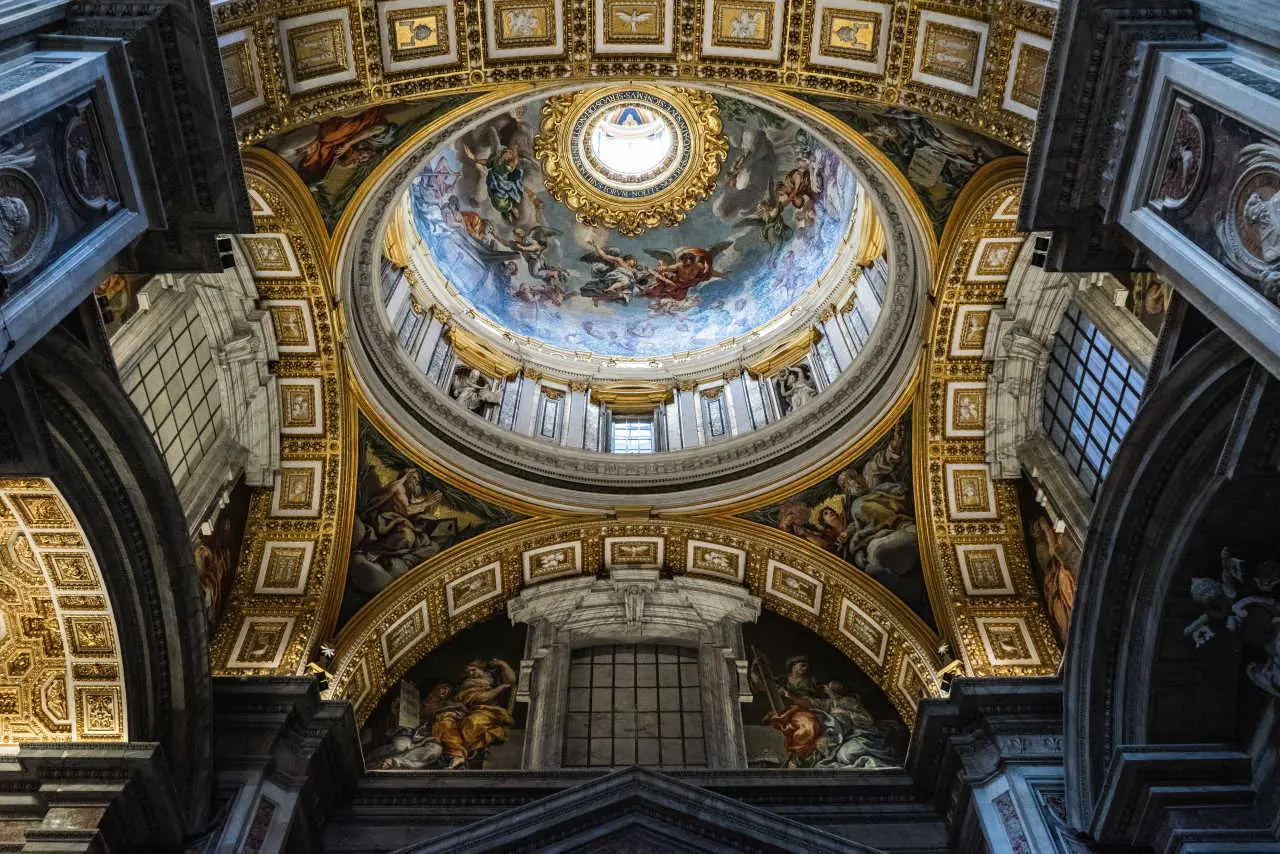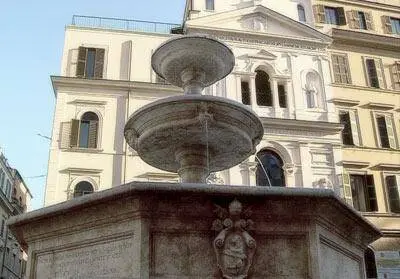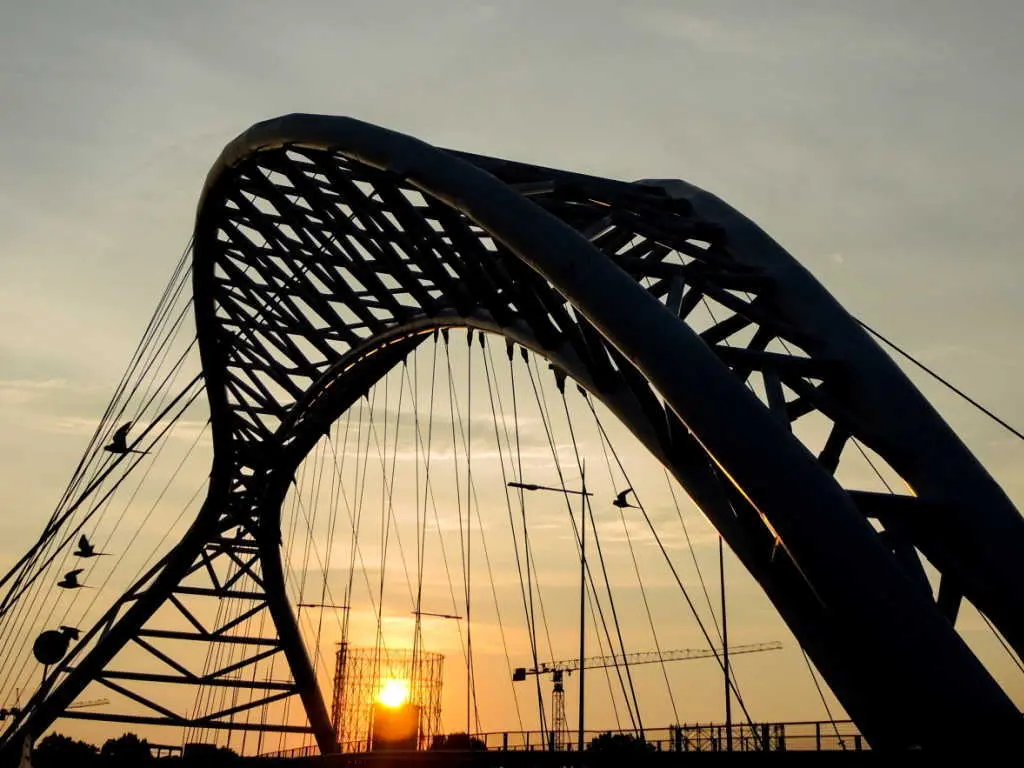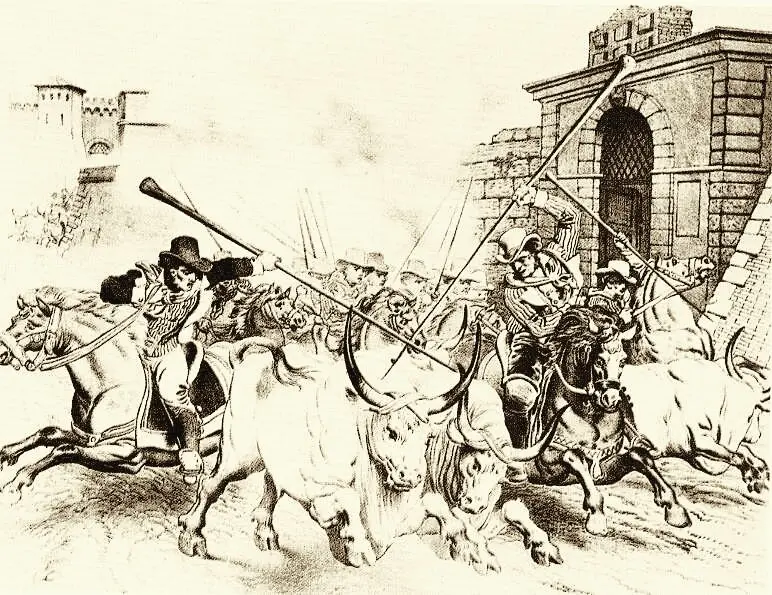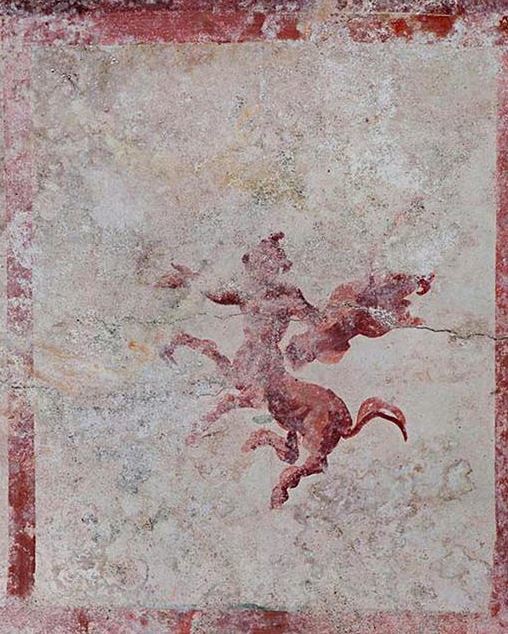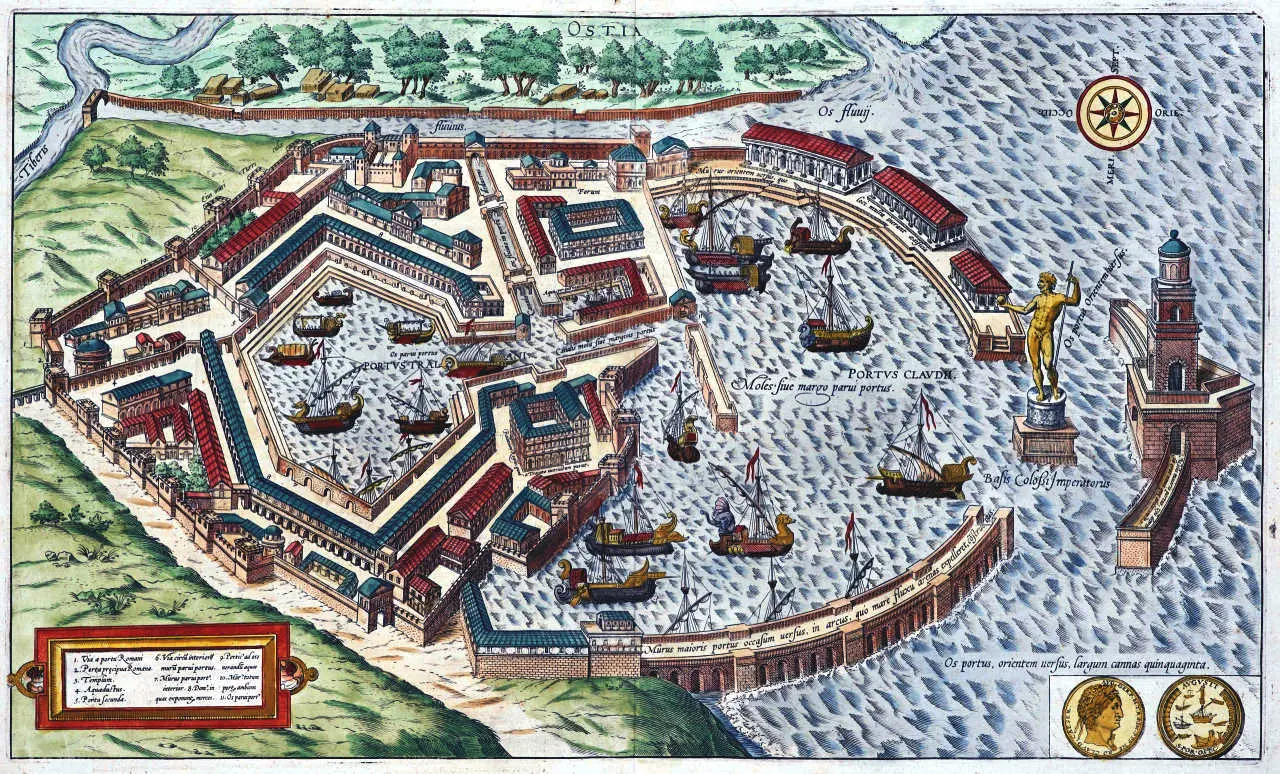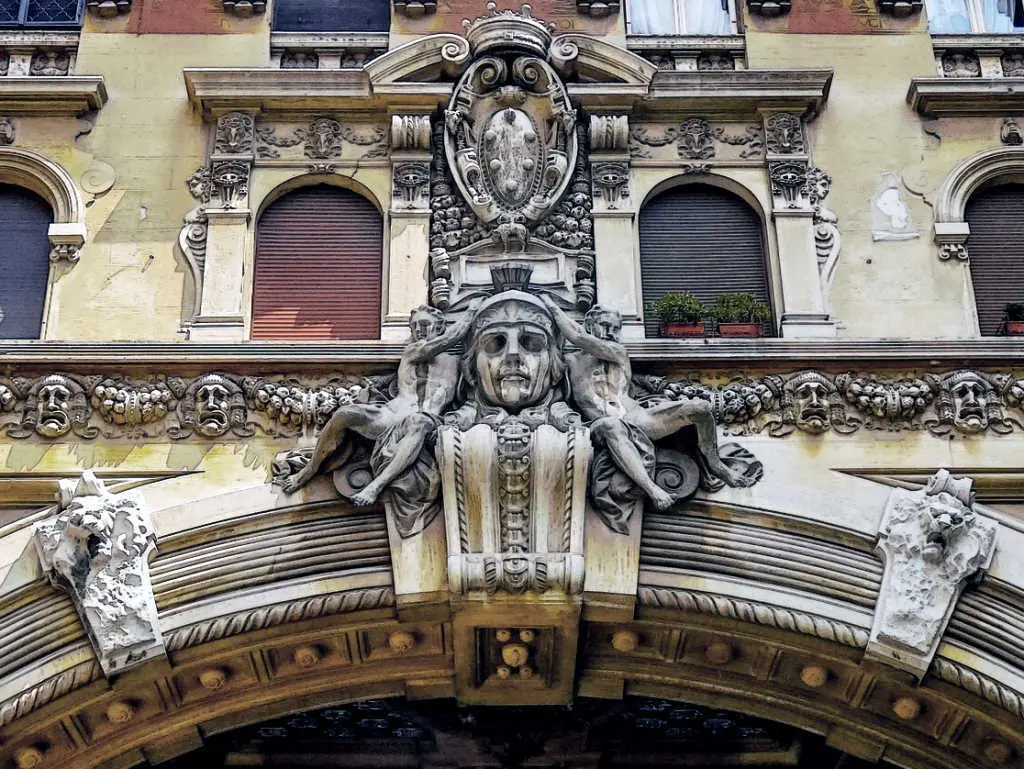Venice
Essential Guide for Travelers
Venice is a unique city in the world, an open-air museum that offers an unforgettable experience to anyone who visits
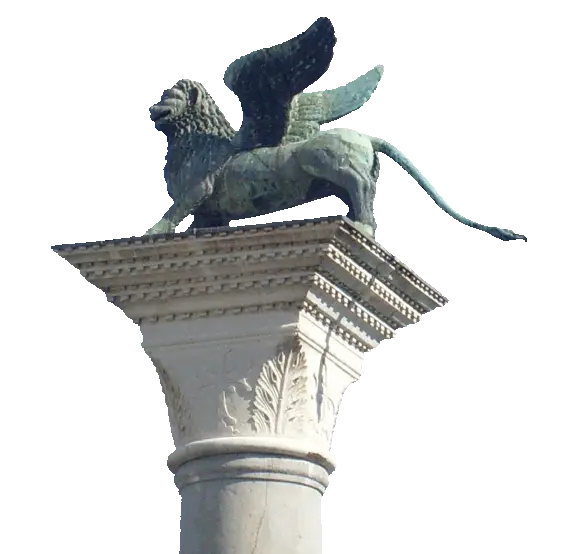
The Millennial Charm of Venice
Despite the signs of time and the wear of water, Venice retains its timeless charm. Visitors from all over the world get lost in the historic buildings, admiring the artistic masterpieces and being enchanted by the city’s unique atmosphere. Walking through the narrow streets is like taking a trip back in time.
Every corner of Venice is rich in history and charm. The city is known for its canals, bridges, and palaces, including the famous Piazza San Marco, the Doge’s Palace, and the Rialto Bridge. The city hosts numerous art galleries, museums, and churches, such as the Accademia Galleries, the Peggy Guggenheim Collection, and the Basilica of San Marco. In Venice, you can admire works by some of the world’s greatest artists, such as Titian, Tintoretto, Giorgione, Veronese, and Tiepolo…
The city now appears as a phoenix risen from the waters. UNESCO has removed it from the List of World Heritage in Danger. The MOSE, the mobile dam system, passed its first real test against high water in 2020, giving new hope for the city’s future. Tourists return to crowd the streets and squares, attracted by its timeless charm and rich offerings of art and culture.
A sustainable future is hypothesized, with a focus on reducing the environmental impact of tourism and promoting renewable energies. The protection of Venice’s historic and artistic heritage will be fundamental to preserving its unique identity. The use of new technologies could help manage high water and improve the quality of life for citizens.
Time travel
La Serenissima: Millennia of History between Legend and Decline
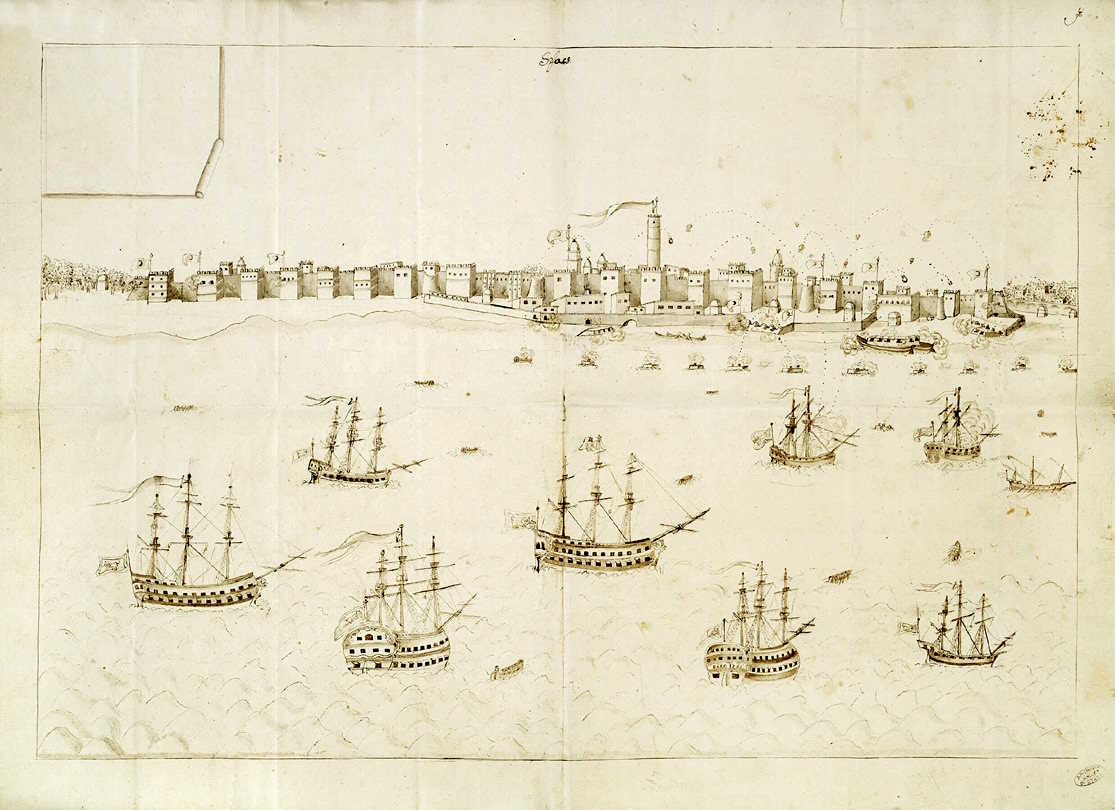
The sublime lagoon city has its roots shrouded in the mist of legend and the concrete history of barbarian invasions. From primitive refuge to maritime power, Venice’s evolution tells centuries of political intrigue, flourishing trade, and Renaissance art.
Ancient Origins, Legendary Foundation
The first traces of human life in the Venetian territory date back to the Italic populations, followed by Celtic and Etruscan influences. However, the Roman era marked the true beginning of the Venetian saga. The lagoon became a vital refuge during the barbarian invasions, with the local populations finding shelter on the marshy islands, laying the foundation for an extraordinary city.
From Marshes to Maritime Power: The Renaissance of Venice
The era of the barbarian invasions saw Venice grow in importance as a commercial crossroads and political nucleus. In the ninth century, it emerged as an independent republic, governed by a doge, and began to expand its influence in the region. Its strategic position and control of the Mediterranean transformed it into an internationally renowned maritime power.
The Most Serene Republic of Venice: Apex of Power and Splendour
The twelfth century marked the dawn of the Most Serene Republic of Venice, a golden age that lasted until the eighteenth century. The city established itself as a dominant force in Mediterranean maritime trade, controlling routes and traffic. The conquest of Constantinople during the Fourth Crusade consolidated its rise, leading to an expansion towards the East. During this period, the city reached its pinnacle of political, economic, and cultural power, with an unmatched merchant and military fleet.
Decline and End of an Era
The seventeenth century saw the beginning of Venice’s decline. Commercial routes shifted towards the Atlantic, wars against the Ottoman Empire weakened the city, and plague epidemics decimated the population. In 1797, with Napoleon Bonaparte’s invasion, the Most Serene Republic ceased to exist, putting an end to centuries of glory and placing the city under the control of the Austrian Empire.
Modern and Contemporary Period
In the nineteenth century, Venice became part of the Lombardo-Venetian Kingdom of the Austro-Hungarian Empire. After the fall of the Empire in 1866, Venice was annexed to the Kingdom of Italy. After World War II, Venice became a world-renowned tourist destination and was recognized as a UNESCO World Heritage Site in 1987.
Even today, Venice remains an icon of the glorious past, a monument to the greatness and fragility of humanity over the centuries.
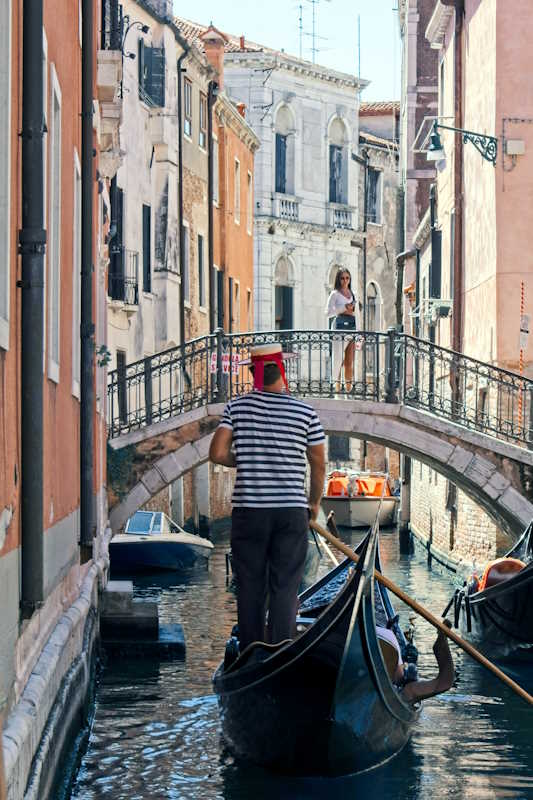
Venetian curiosities
Venice, the city of canals and gondolas, is not just a city, but an archipelago of over 400 islands, connected by a network of more than 400 bridges that cross its 150 canals. This unique architecture in the world, born from the encounter between man and nature, has given life to a real mosaic of emerged lands, separated by strips of saltwater. Each island, with its own characteristics and history, contributes to the magnetic charm of this lagoon city.
The population of Venice has been steadily declining for decades, due to a range of factors including high cost of living, coastal erosion, and mass tourism. According to ISTAT data, as of January 1st, 2024, the resident population in the municipality of Venice was 250,369 inhabitants.
The Republic was governed by a complex system of councils and magistrates, which ensured a certain degree of democracy despite its oligarchic nature.
The gondola, a typical Venetian flat-bottomed boat, is composed of 280 different parts, made of 8 types of wood. About 11 meters long, it weighs almost 700 kg and can accommodate up to 6 people. Its construction usually takes over a year. In the past, it was built and stored in small shipyards called “squèri”. A gondola ride is an unforgettable experience in Venice. Gondoliers, skilled craftsmen and guardians of ancient traditions, follow a strict dress code and pass a challenging exam to obtain their license.
Venice was the first city in the world to establish a system of public lighting in the 15th century.
Elena Lucrezia Cornaro Piscopia, born in Venice in 1646, was the first woman in the world to graduate. A remarkable achievement that challenges the prejudices of the time and testifies to the intelligence and determination of this Venetian woman.
The Venice Carnival is one of the most famous festivals in the world, filled with intricate masks and costumes.
Architecture and Monuments in Venice
From San Marco to the Grand Canal, from noble palaces to frescoed churches, Venetian architecture is a journey through time, a sensory experience that captures the imagination and soul of anyone who gazes upon it. Join us in exploring the enchanting world of Venice’s architecture, where every corner is a masterpiece waiting to be discovered.
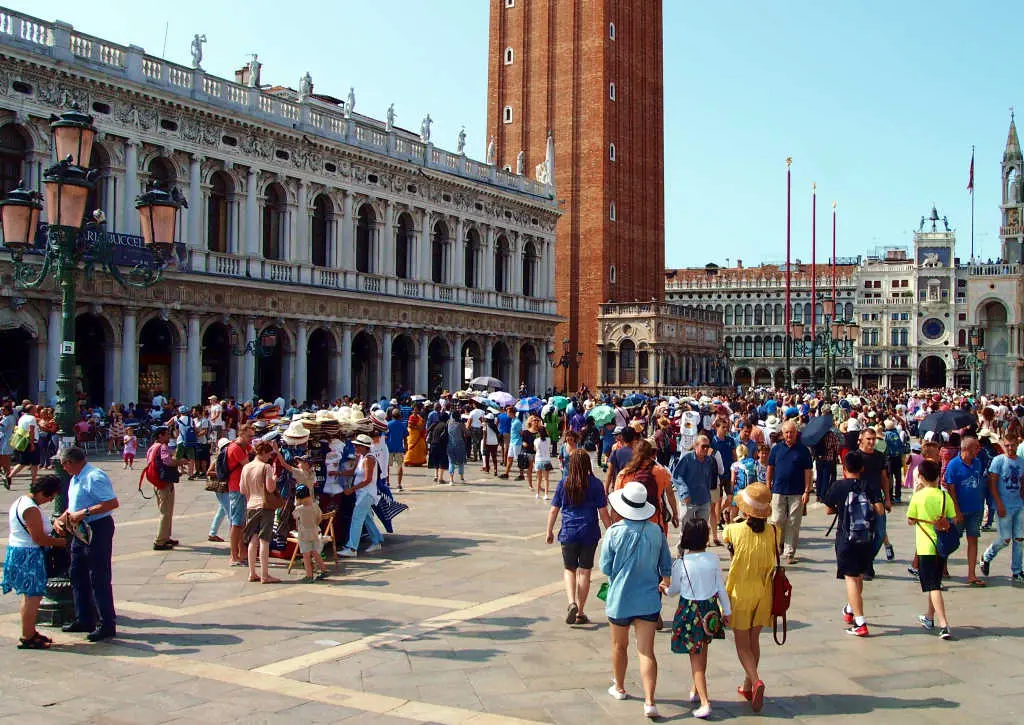
Piazza San Marco: The beating heart of Venice, surrounded by splendid buildings and dominated by the Basilica of San Marco.
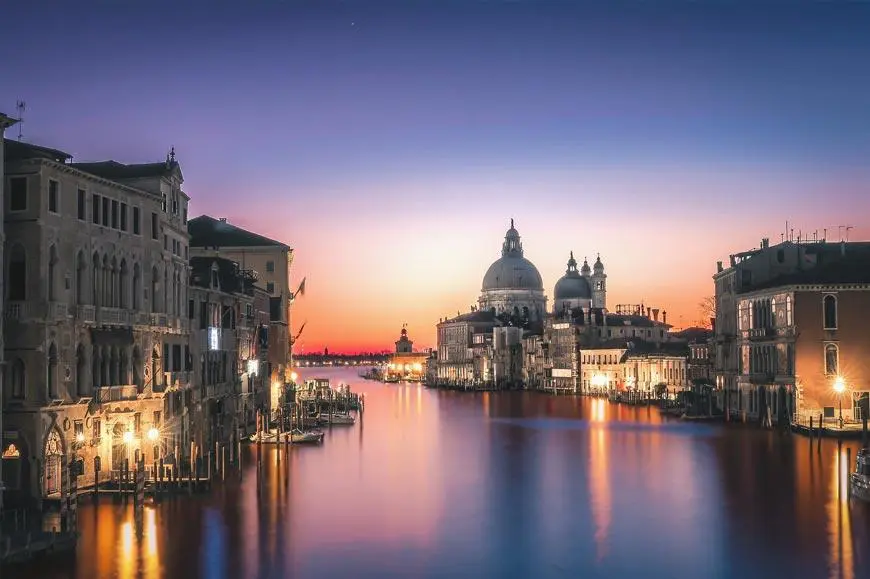
Grand Canal: The main waterway of Venice, lined with historic buildings and gondolas that glide silently.
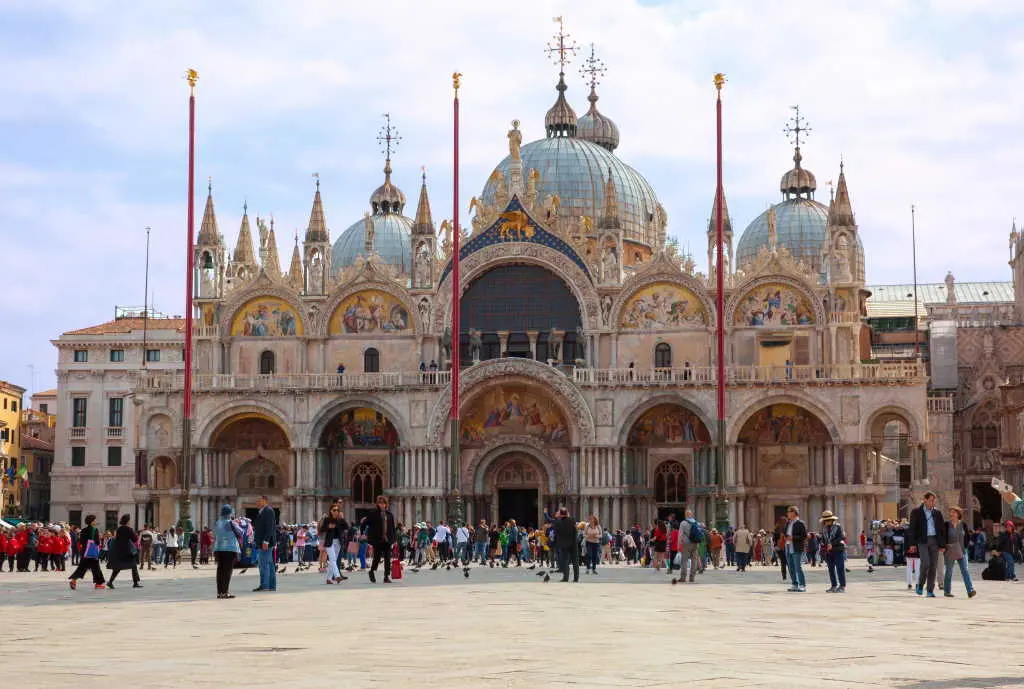
St. Mark’s Basilica: A masterpiece of Byzantine architecture, adorned with golden mosaics and the Pala d’Oro.
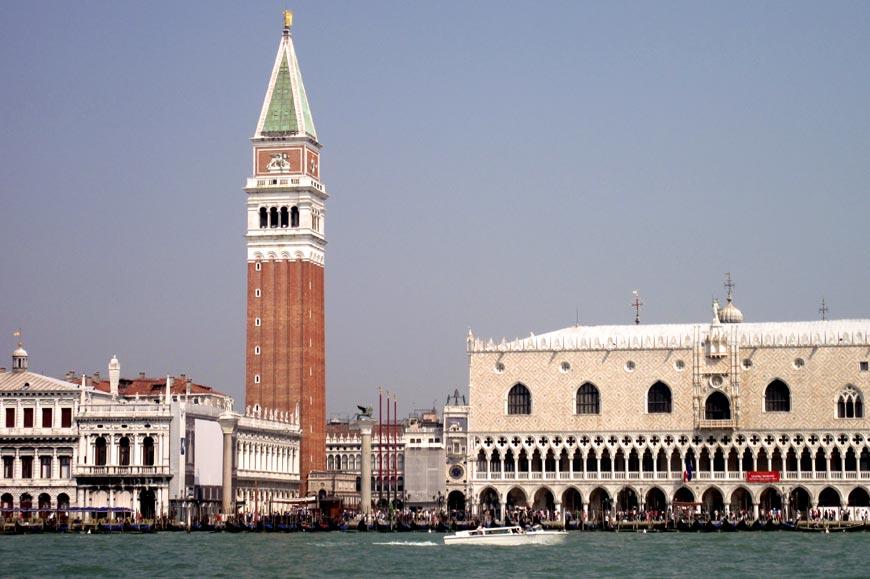
Doge’s Palace: Seat of power of the Venetian Republic, with lavishly decorated rooms and the unmissable Bridge of Sighs.
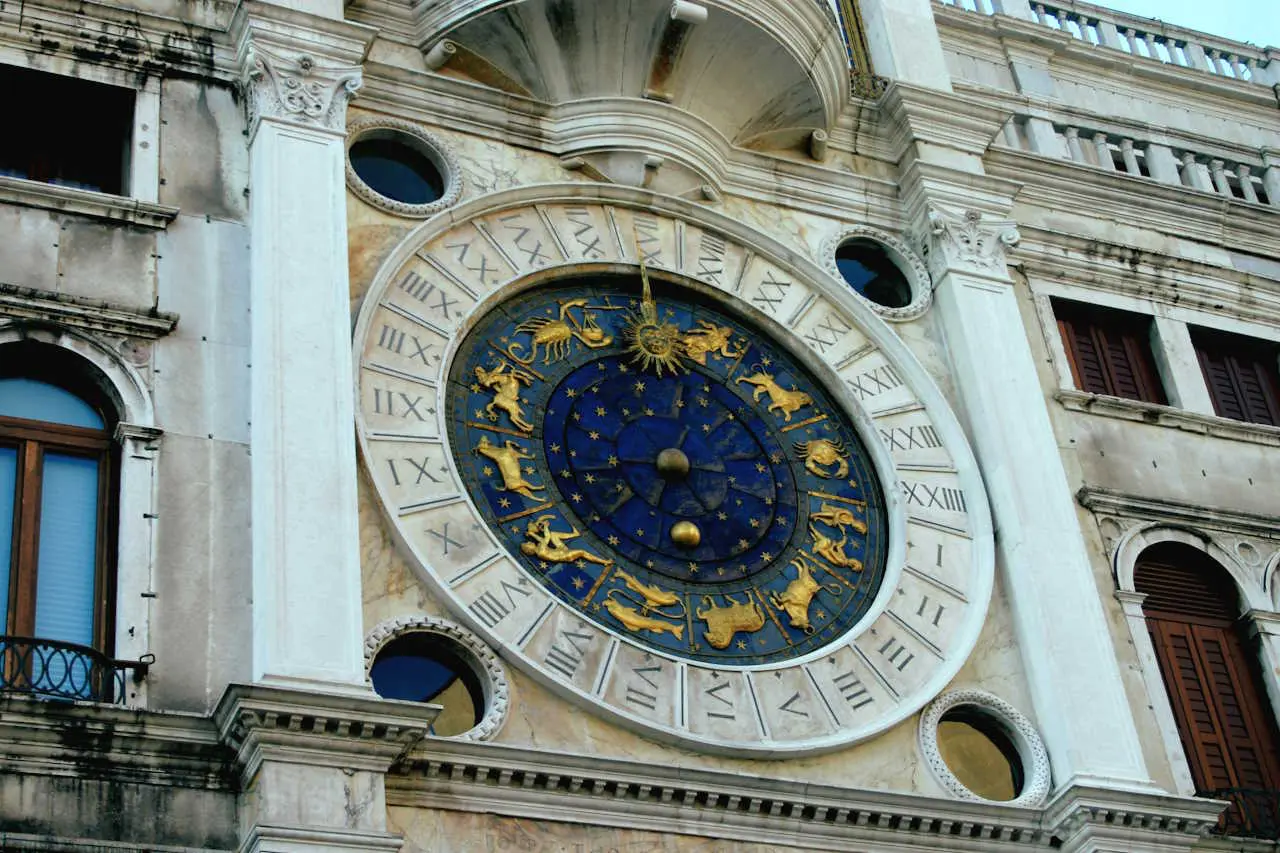
Clock Tower: Famous for its intricate astronomical mechanism and stunning view of St. Mark’s Square.
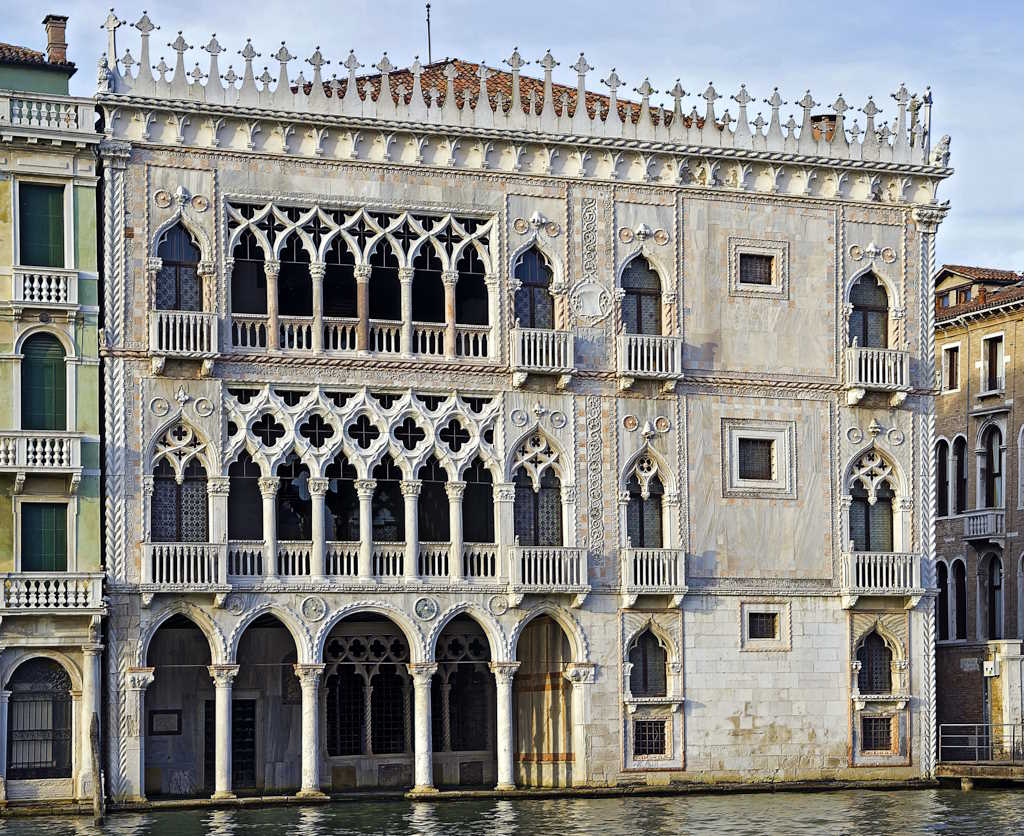
Ca’ d’Oro: Splendid example of Venetian Gothic palace, with richly decorated facades and an art museum.
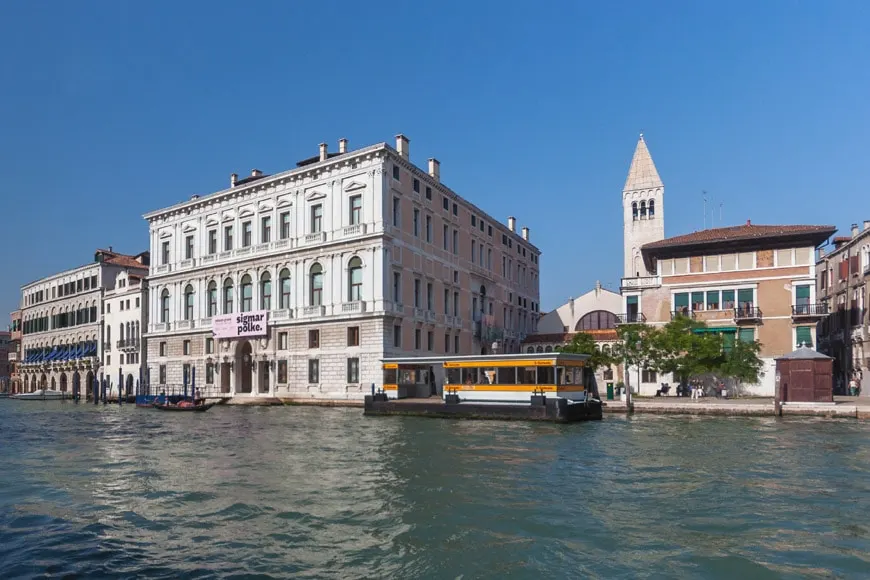
Palazzo Grassi: An internationally renowned contemporary art exhibition venue.
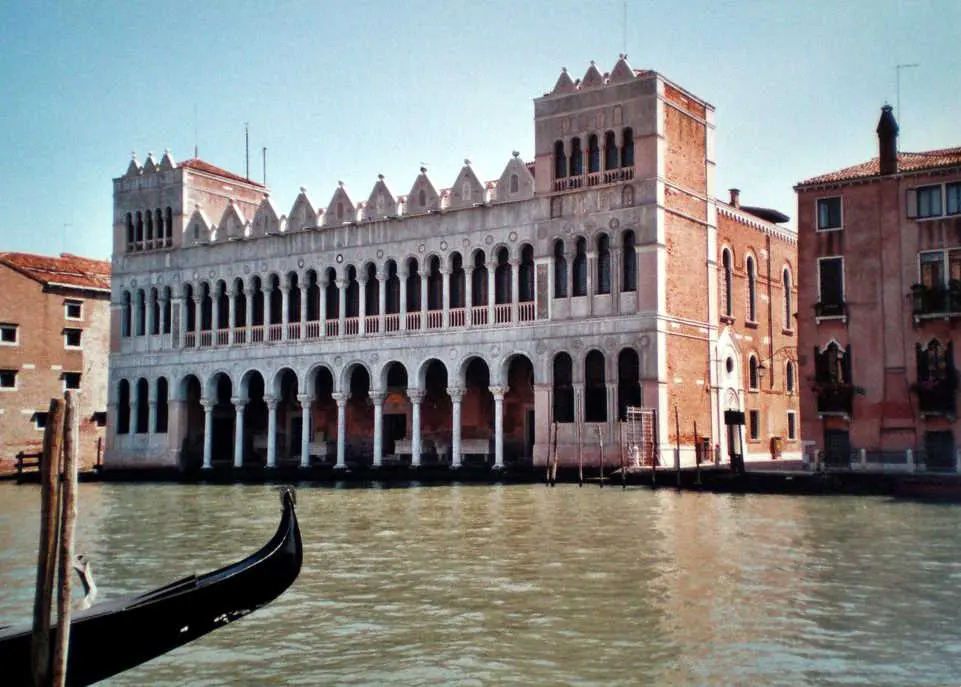
Fondaco dei Turchi: An ancient commercial palace, currently used as a museum, that narrates the history of trade between Venice and the Ottoman Empire.
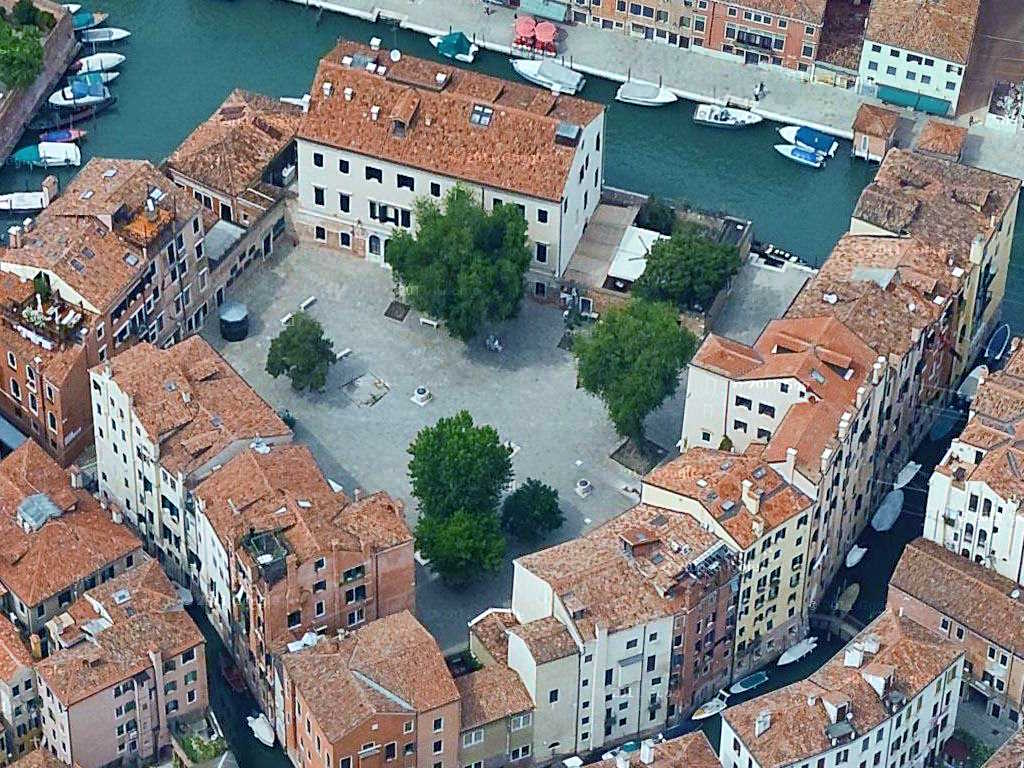
Jewish Ghetto: The oldest ghetto in Europe, with its synagogue and a unique atmosphere.
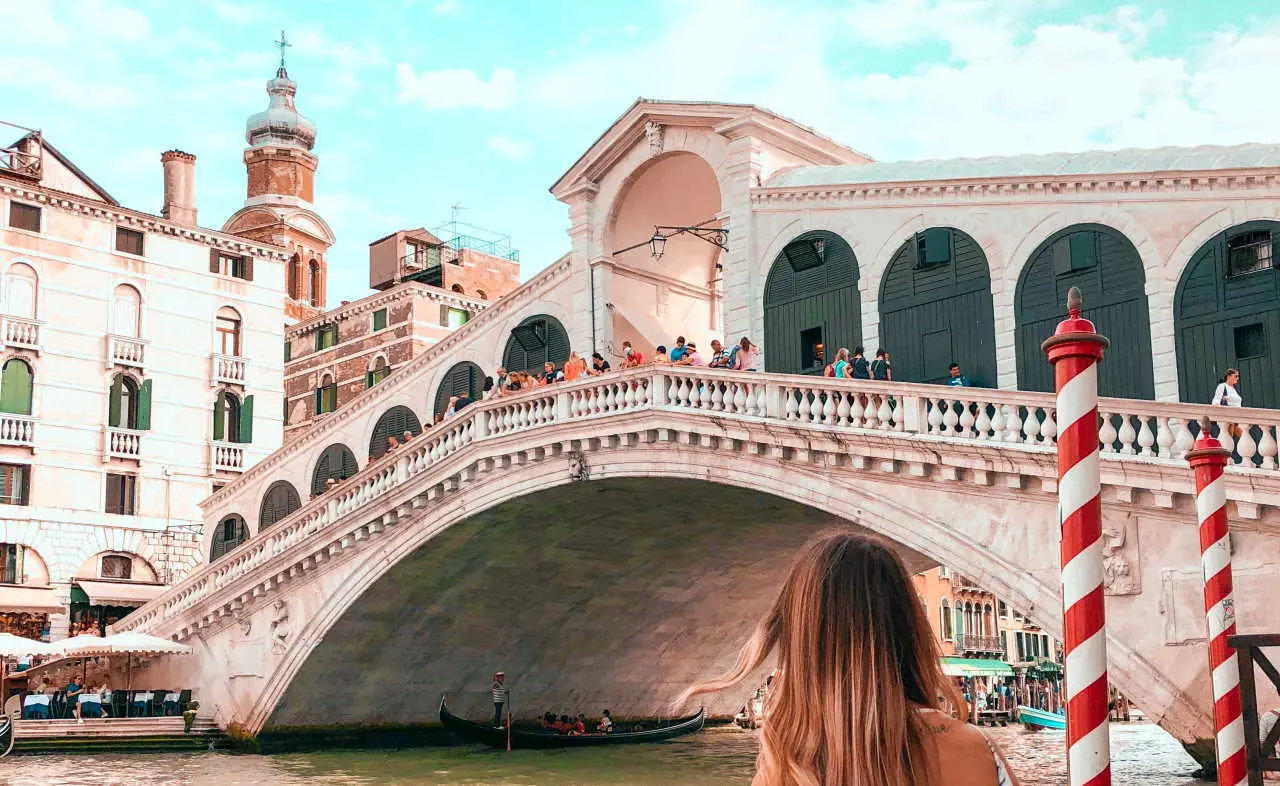
Rialto Bridge: The most famous bridge in Venice, spanning the Grand Canal with its impressive arch structure.
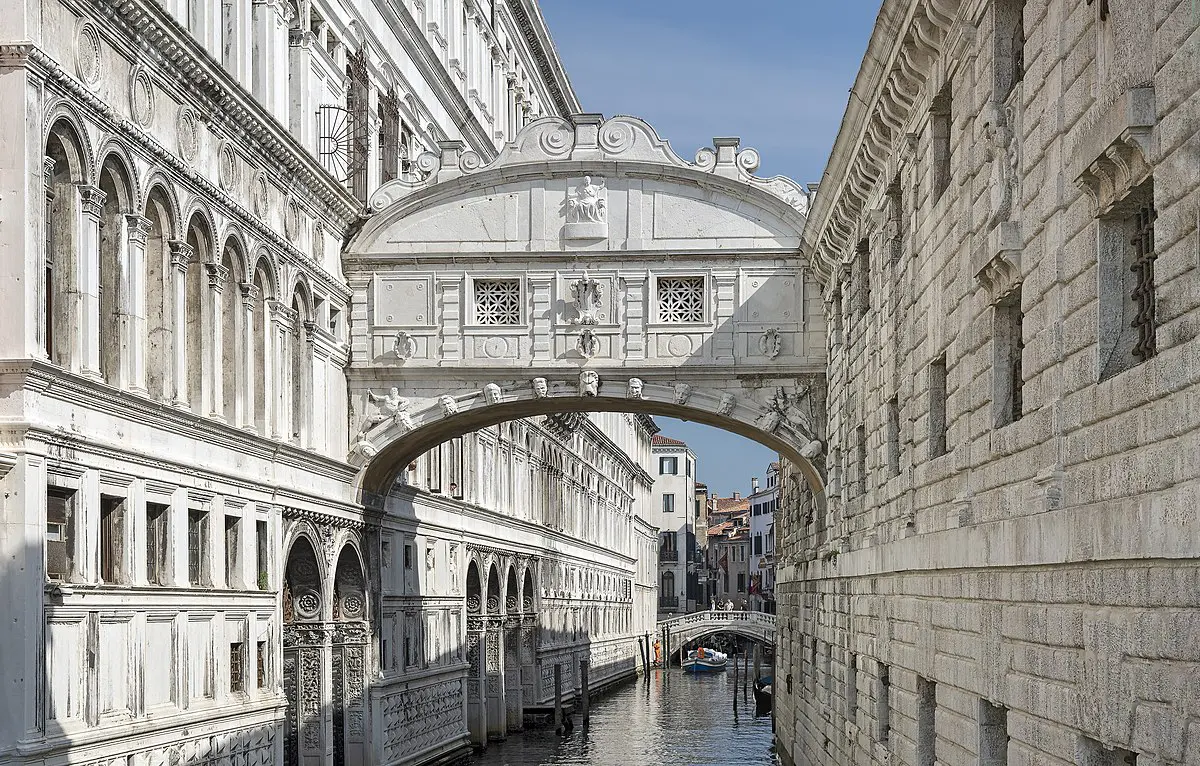
Bridge of Sighs: Connects the Doge’s Palace to the New Prisons and is famous for the sighs of the condemned who passed through it.
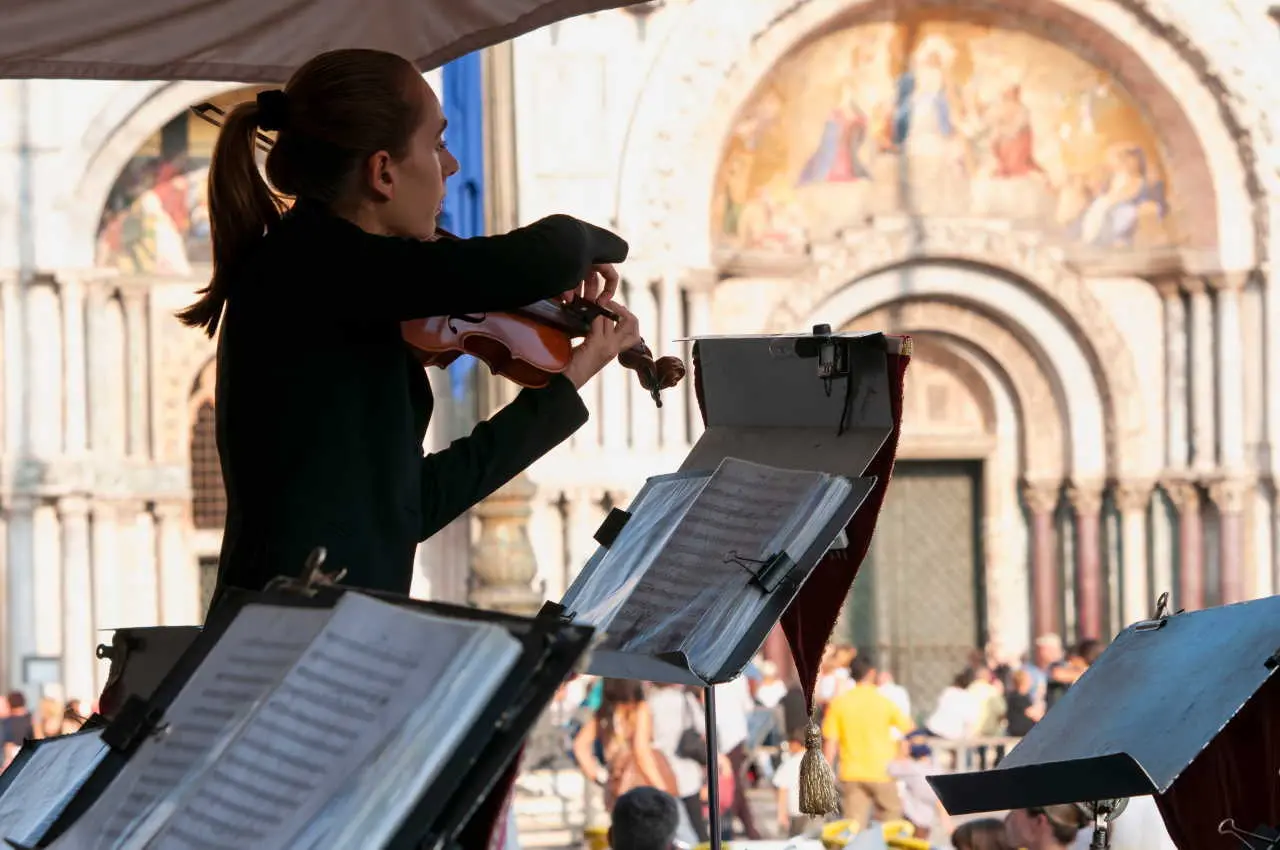
Museums and Galleries
Venice boasts a rich collection of museums and art galleries that display a wide range of works, from the masterpieces of Venetian masters to modern and contemporary art. Here are some of the main museums and venues for various types of art in Venice.
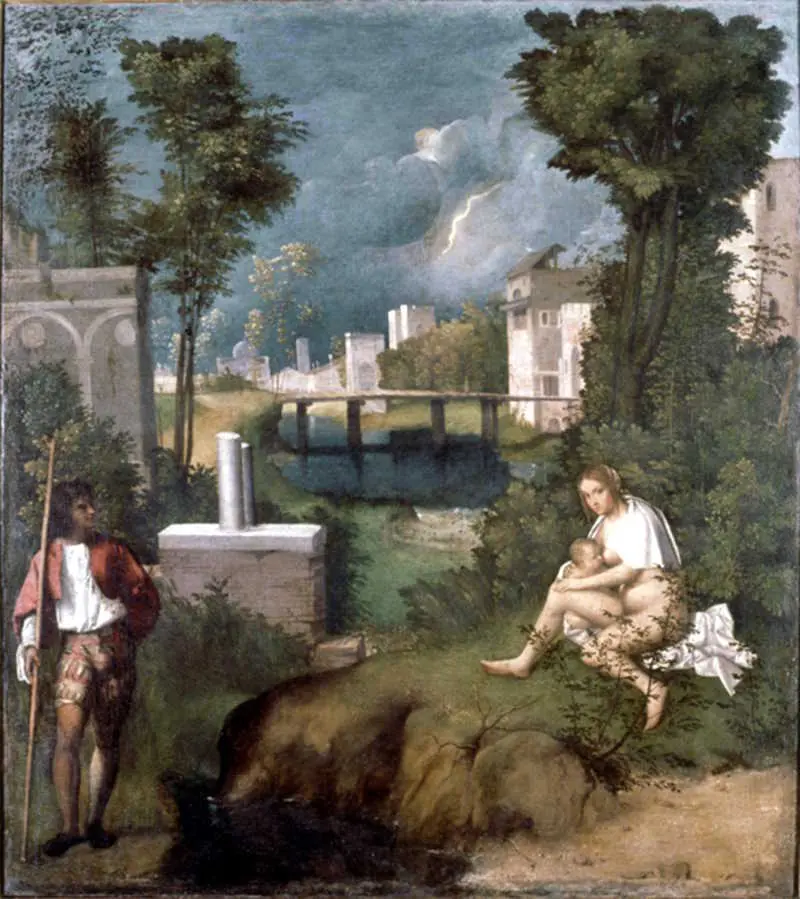
Gallerie dell’Accademia: houses one of the most important collections of Venetian art from the 14th to the 18th century, including masterpieces by Titian, Tintoretto, Veronese, Giorgione and Canaletto.
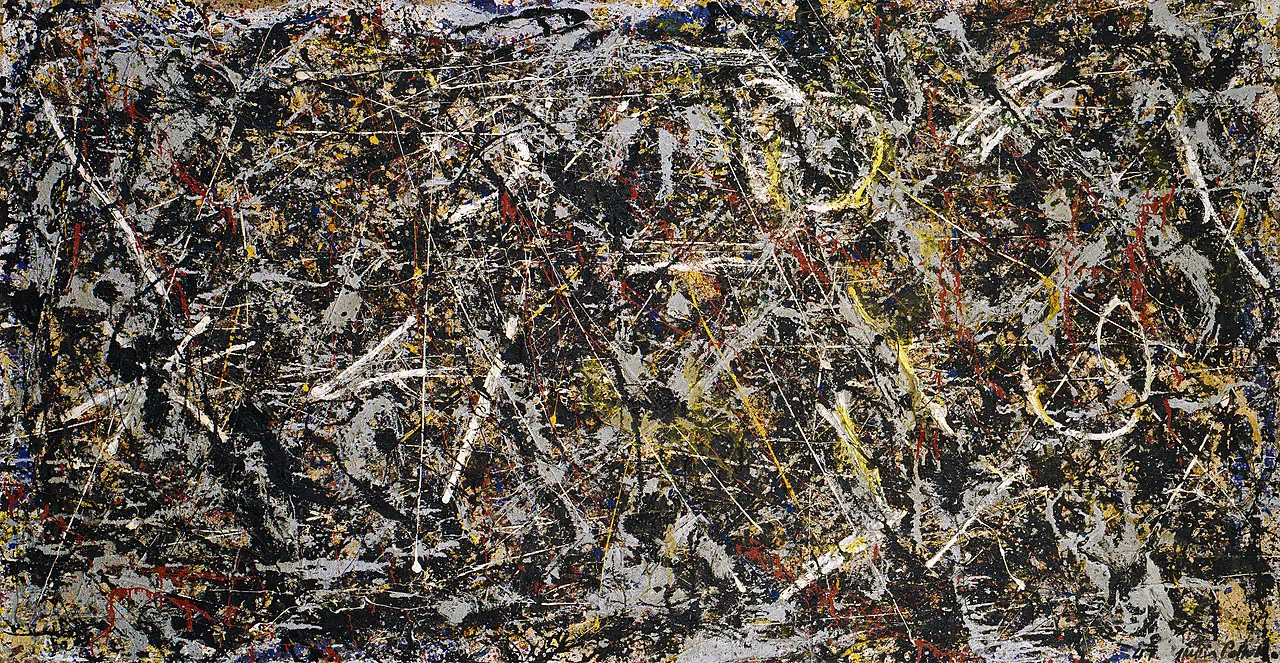
Peggy Guggenheim Collection: houses an extensive collection of Western modern and contemporary art, including works by Picasso, Dalí, Mondrian, and Pollock.
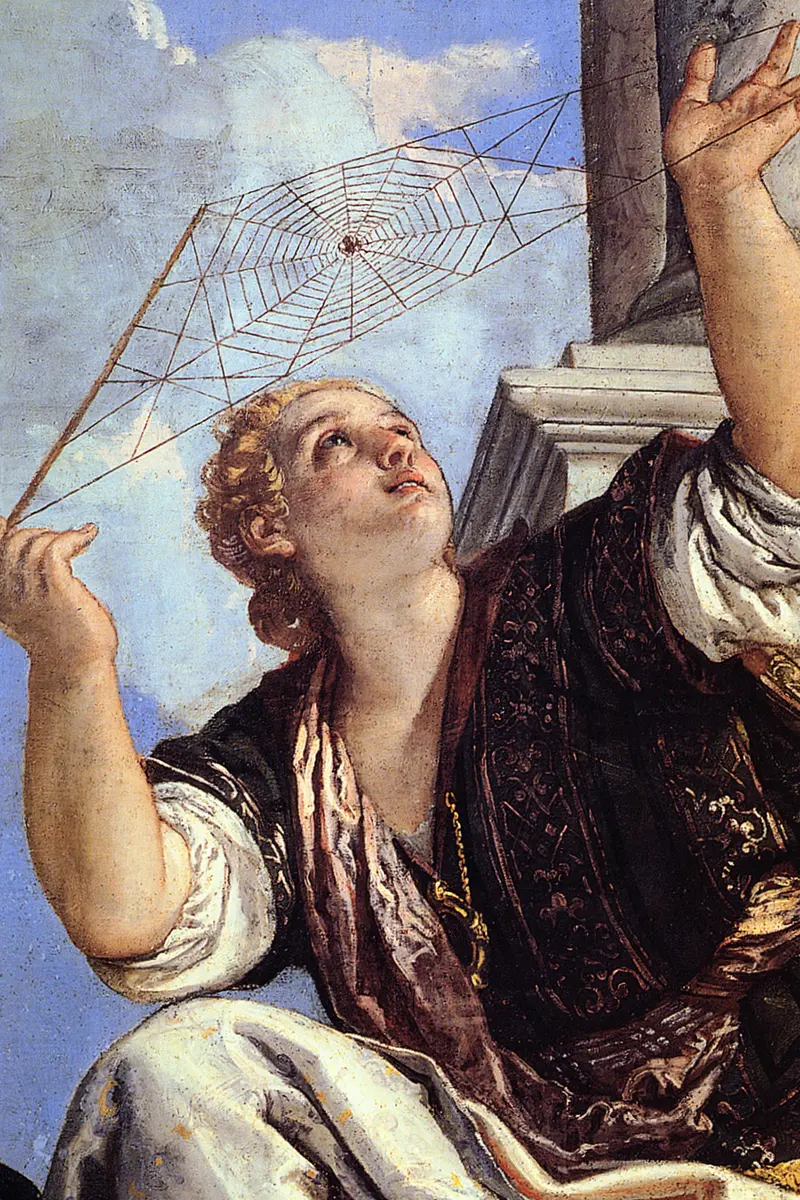
Doge’s Palace: formerly the seat of the Venetian government, the Doge’s Palace houses a lavish collection of art and artifacts, including paintings, sculptures, and tapestries.
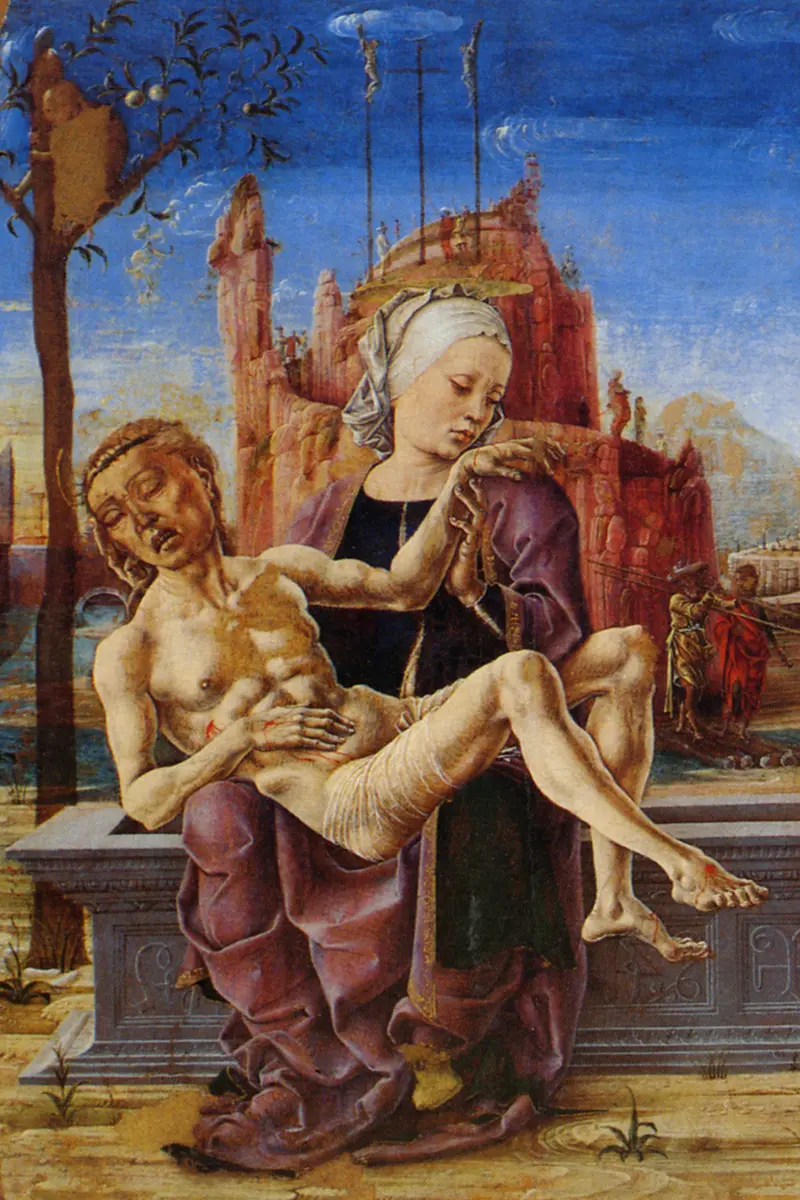
Museo Correr: houses a collection of Venetian art and history, including paintings, sculptures, ceramics, and furnishings.
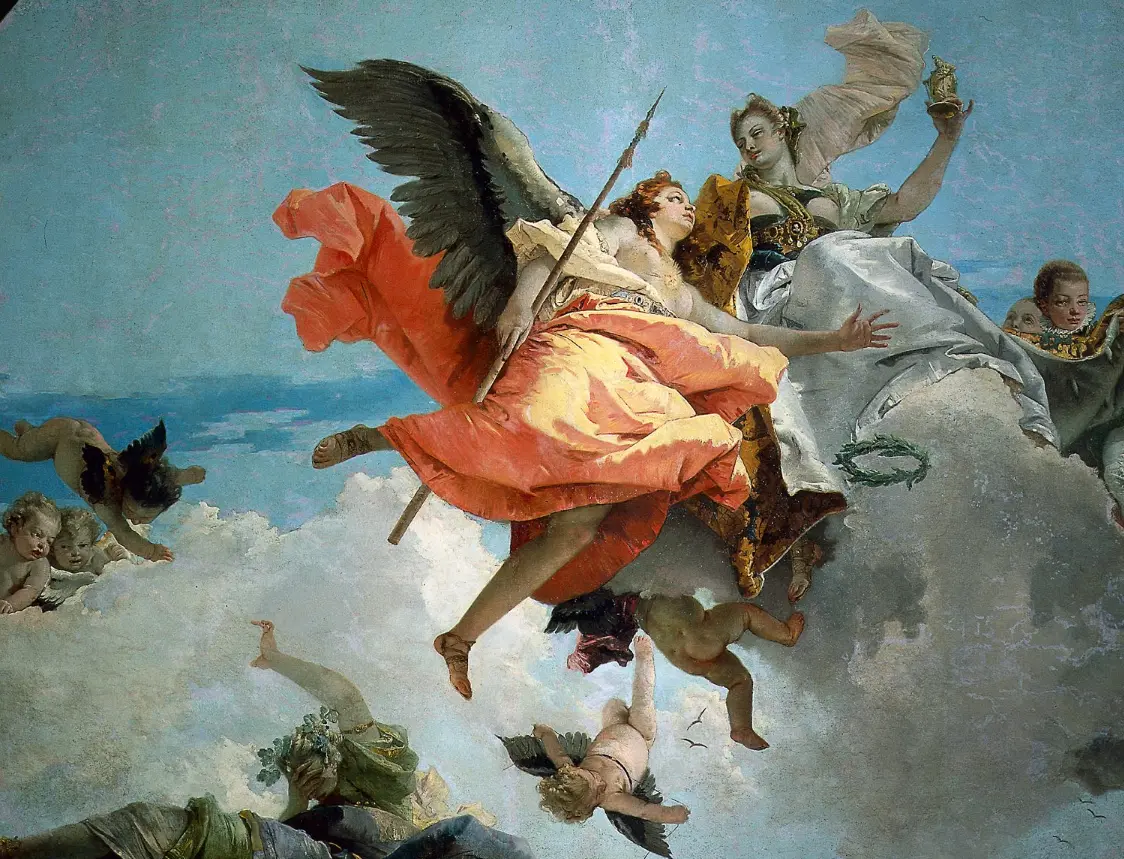
Ca’ Rezzonico: an 18th-century palace that houses a collection of 18th-century Venetian art, including paintings, sculptures, and furniture.
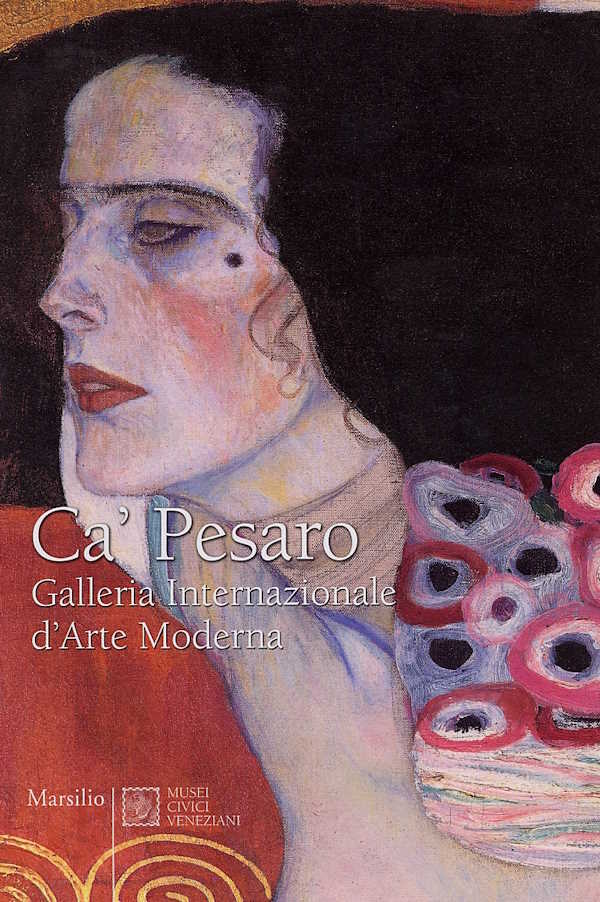
Ca’ Pesaro Museum of Modern Art: houses a collection of Italian and international modern and contemporary art, including works by Klimt, Chagall, Kandinsky, and Modigliani.
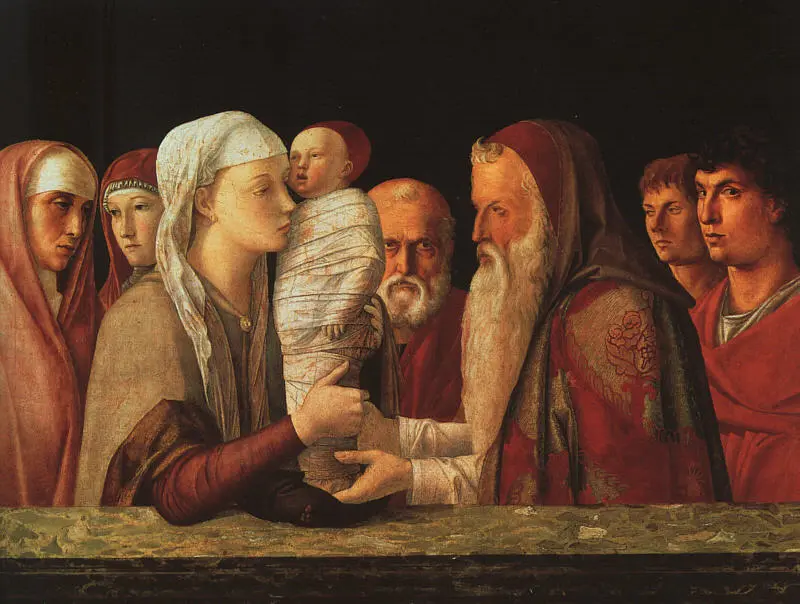
Querini Stampalia Foundation: houses a collection of art and antiques, including paintings, sculptures, books, and tapestries.
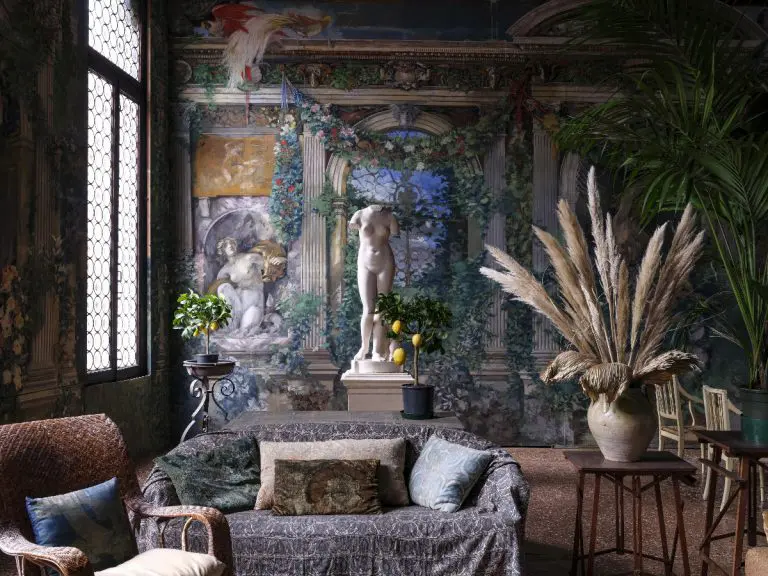
Galleria Fortuny: houses a collection of artworks and artifacts gathered by Mariano Fortuny, including paintings, sculptures, textiles, and ceramics.
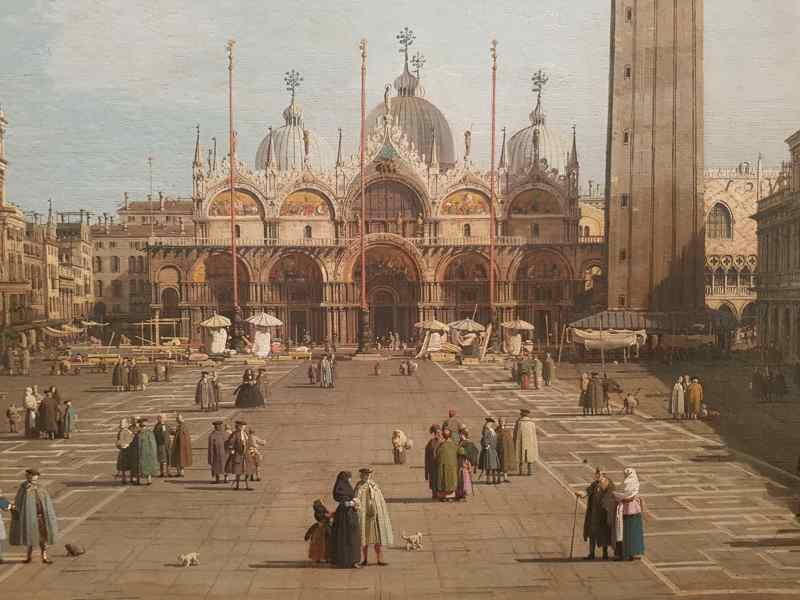
Galleria San Marco: hosts a collection of Italian art from the 14th to the 20th century, including paintings, sculptures, and drawings.
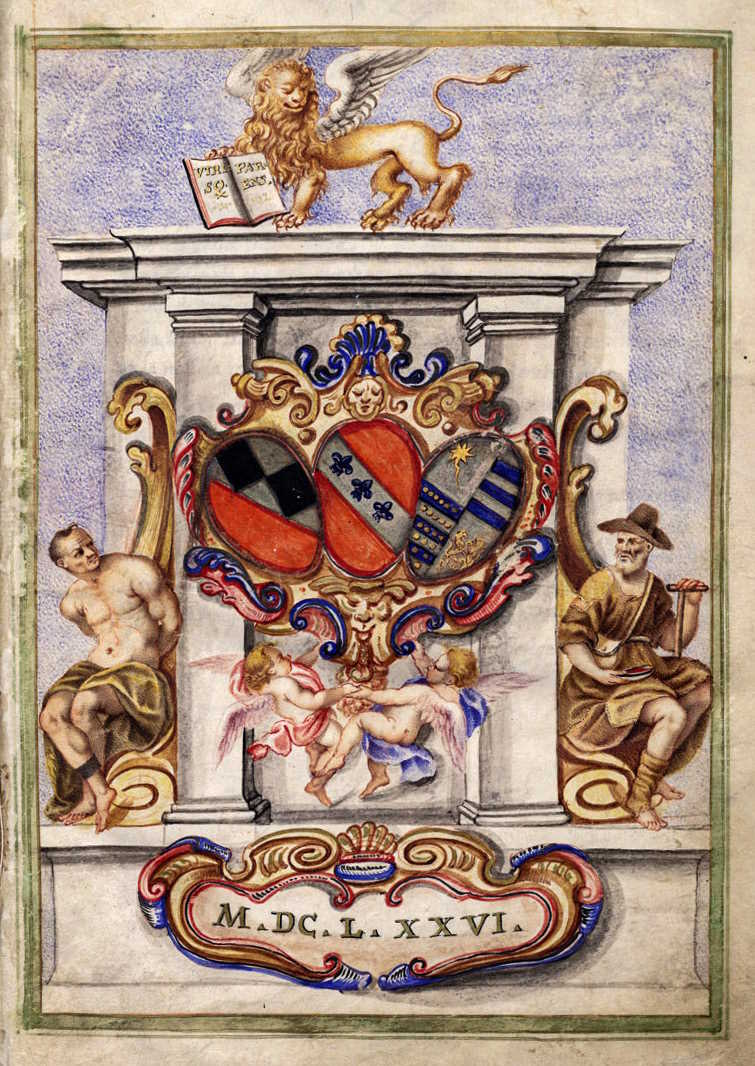
Special Events
Venice hosts a series of special events throughout the year, including the Venice Carnival, the Historical Regatta, and the Feast of the Redeemer. These events provide a unique opportunity to immerse oneself in Venetian culture and traditions.
The city also offers a wide range of activities for all tastes, from shopping to relaxing on the beach. Whether you are interested in art, history, culture or simply enjoying a unique atmosphere, Venice has something to offer everyone.
Excursions: There are many day trips to be taken from Venice, including the islands of Murano and Burano, famous for their tradition of glass and lace-making.
In addition to these renowned places, Venice offers a myriad of fascinating corners, hidden alleys, and small squares where one can get lost and discover the true soul of the city.
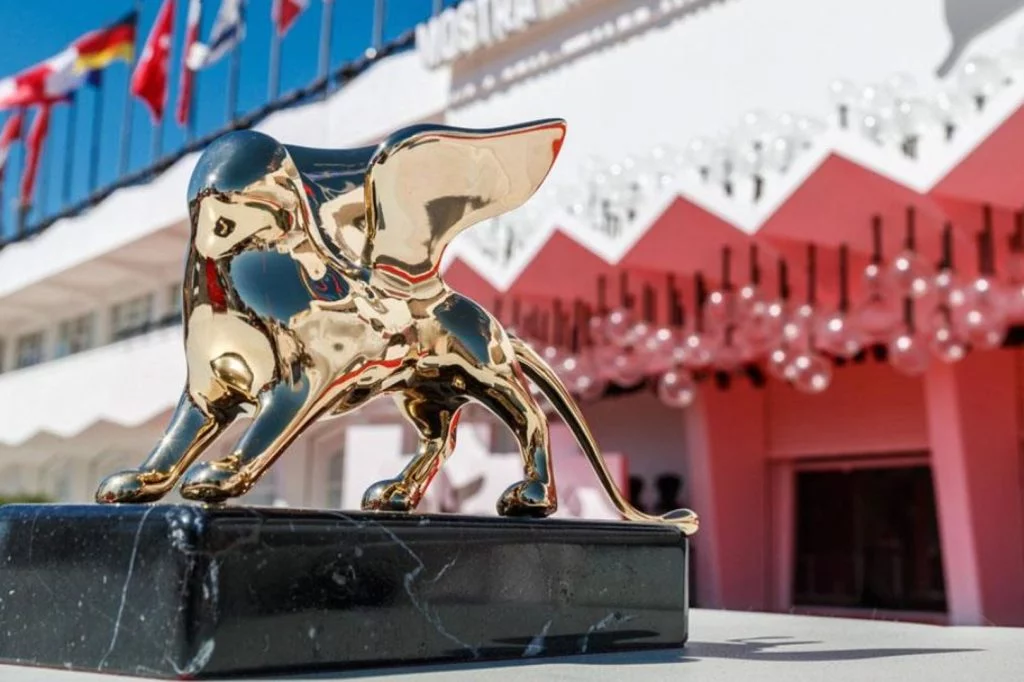
Shopping in Venice
Venice offers a unique shopping experience, ranging from luxurious international brands to local craftsmanship. Here are some tips.
If you’re looking for famous brands:
T Fondaco dei Tedeschi is a luxury department store located near the Rialto Bridge. It hosts brands like Gucci, Prada, and Louis Vuitton.
Calle Larga XXII Marzo near Piazza San Marco is another famous area for high fashion shops.
Jewelry
Venice is famous for its jewelers. You can find unique pieces made with traditional techniques.
Crafts
Venice has a long artisanal tradition. You can find beautiful handmade objects such as:
Burano Lace, intricate lace made on the island of Burano.
Murano Glass, hand-blown on the island of Murano. You can visit the glass furnaces and watch the artisans at work.
Carnival Masks, made of papier-mâché, are a classic Venetian souvenir.
Other shopping areas
Le Mercerie: the main street that connects Piazza San Marco to Rialto. It has a variety of shops, including clothing, footwear, and souvenirs.
Campo Santa Margherita: a popular student district with a lively atmosphere. It has many vintage and second-hand shops.
If you’re looking for something unique, you can try these shops:
Acqua Alta Bookstore – This unique bookstore is famous for its gondolas full of books.
Carnival Venice Shop – This shop sells Carnival masks and costumes all year round.
Bring a taste of Venice home with local food products!
In the center, you can also find many food shops selling Italian products such as fresh pasta, salami, cheese, and wine. There are also several open-air markets where you can find fresh fruit, vegetables, fish, meat, cheese, oil, and other local food products. The fish market at Rialto is a must-see experience for anyone visiting Venice.
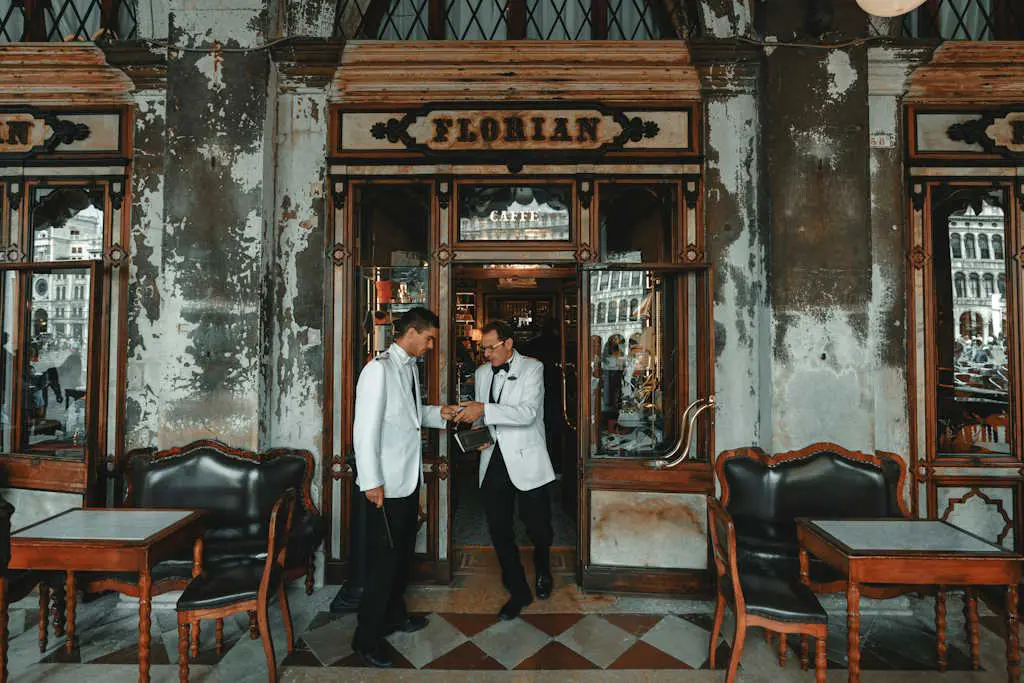
Venetian Cuisine
Venice's Food and Wine Experiences
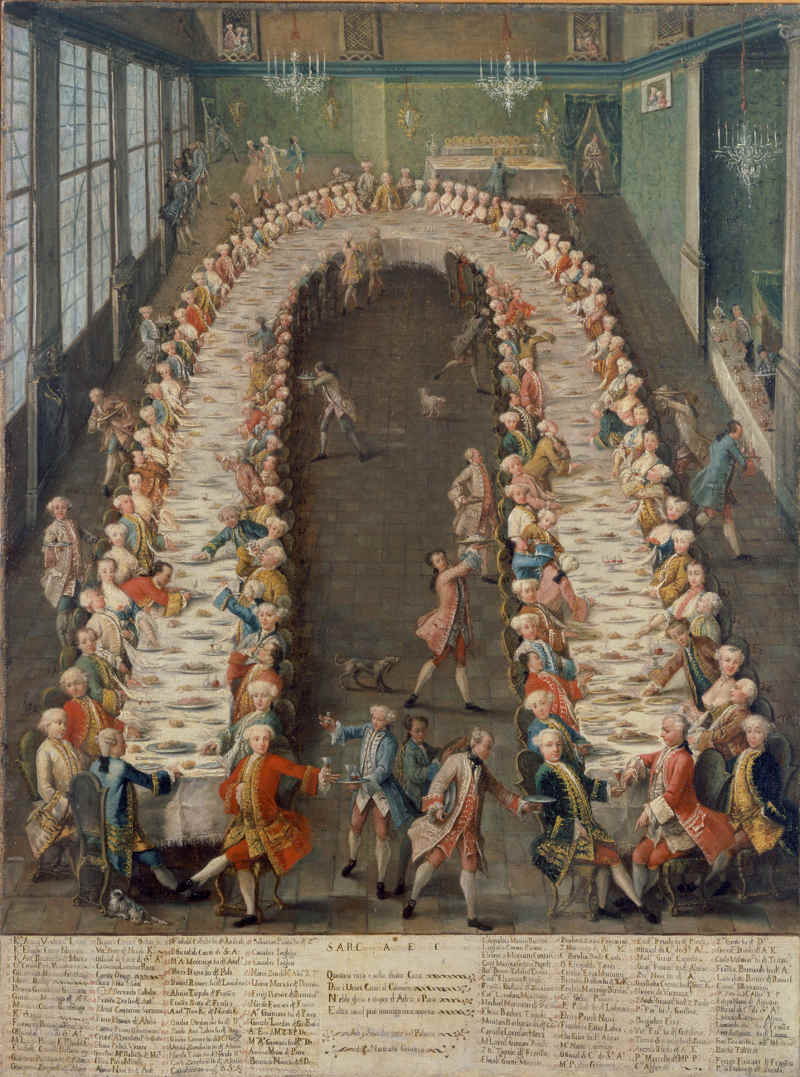
Venetian cuisine is rich in flavors and influences, the result of its millennia-long history as a crossroads of cultures. Among the typical dishes not to be missed are:
– Sarde in saor: a sweet-and-sour dish with onions, raisins, and vinegar, perfect for whetting the appetite.
– Fegato alla veneziana: a rich and tasty main dish, made with veal liver, onions, and bacon.
– Risi e bisi: a risotto with fresh peas, a classic of Venetian spring cuisine.
– Bigoli in salsa: a thick pasta similar to spaghetti, seasoned with a sauce of onions, anchovies, and sage.
– Baccalà mantecato: a creamy dish made with desalted cod, extra virgin olive oil, and garlic.
– Moeche: the delicate gonads of female crabs, fried in batter, a true seasonal delicacy.
– Pasta e fagioli: a rich and tasty soup, made with beans, pasta, and pork rinds.
– Seppie alla veneziana: a main dish with cuttlefish, onions, squid ink, and white wine.
– Bisato su l’ara: a dish made with grilled or baked eel.
– Frittelle veneziane: small golden fritters, often served with raisins and powdered sugar.
– Tiramisu: a creamy dessert made with coffee, mascarpone cheese, and ladyfingers, born in Treviso, Veneto.
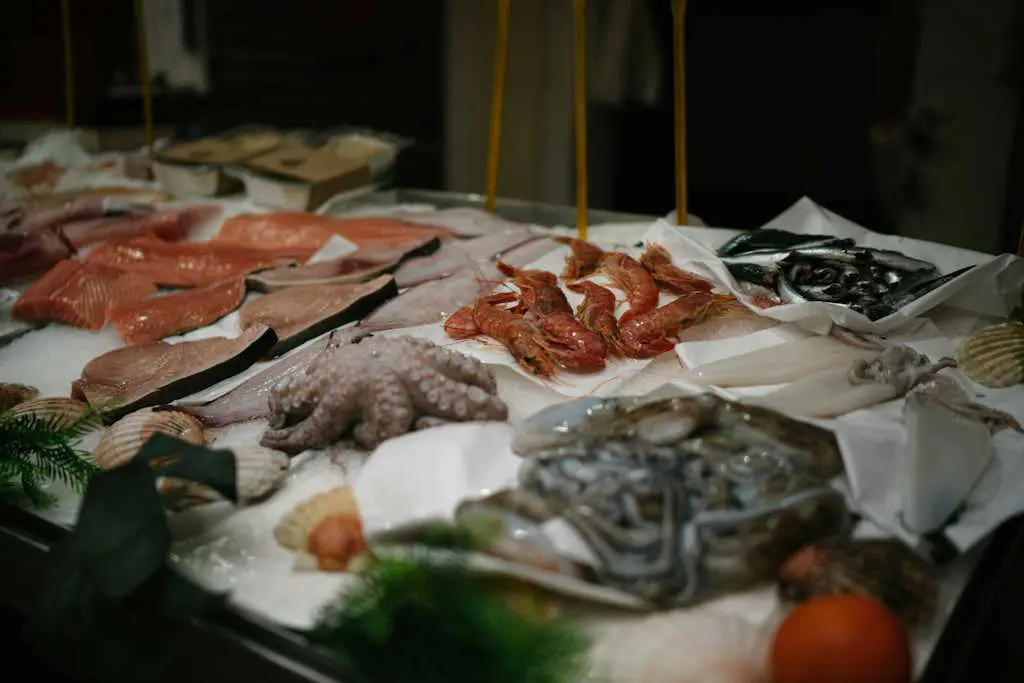
With its unique flavors and rich history, this cuisine offers an unforgettable gastronomic journey, paired with a rich wine tradition that produces a great variety of fine wines, both red and white. Among the most famous are:
– Amarone della Valpolicella: A full-bodied and structured red wine, produced from dried grapes. It is known for its rich and complex flavor, with notes of dried fruit, spices, and chocolate.
– Recioto della Valpolicella: Another sweet red wine produced from dried grapes, similar to Amarone but with a higher sugar residue.
– Valpolicella Ripasso: A red wine obtained from the refermentation of Valpolicella must on Amarone or Recioto grape skins. It has a medium body and a fruity flavor, with notes of cherry, plum, and pepper.
– Bardolino: A light and drinkable red wine, produced from Corvina, Rondinella, and Molinara grapes. It has a fresh and fruity flavor, with notes of cherries, raspberries, and spices.
– Prosecco: A sparkling white wine produced from Glera grapes. It is known for its fine and persistent perlage, fruity and floral flavor, and freshness.
– Soave: A dry white wine produced from Garganega grapes. It has a medium body and a mineral flavor, with notes of apple, pear, and almond.
– Lugana: A white wine produced from Turbiana grapes. It has an elegant body and a harmonious flavor, with notes of white flowers, citrus, and dried fruit.
– Colli Euganei: A DOCG area that produces a variety of white and red wines, including Serprino, Moscato, and Fior d’Inverno.
In addition to these famous wines, Veneto also produces many other high-quality wines, such as Raboso, Tai Rosso, Carmenere, and Torcolato.
If you’re looking for a full-bodied red wine to pair with an important meal, Amarone della Valpolicella is an excellent choice. If you prefer a fresh and sparkling white wine for an aperitif, Prosecco is the ideal choice. And if you want an elegant white wine to sip on its own, Lugana is a great option.
Getting around in Venice
The best time to visit Venice is during the spring or fall when the weather is mild. Book your hotel well in advance, especially if you are traveling during high season.
Learn some basic phrases in Italian.
Comfortable walking shoes are essential, as you will be doing a lot of walking.
Don’t forget your camera to capture all the beautiful scenery!
Regardless of your interests, in Venice you will find something to love. Whether you are interested in art, history, culture, or simply looking for a relaxing vacation, Venice is the perfect destination.
WHERE TO STAY
Venice consists of two main areas: the island and the mainland. On the island, you can only move around on foot or by vaporetto and you can enjoy the true Venetian life. From the mainland (Mestre and surrounding towns), you can reach Venice in about 10-15 minutes.
HOW TO ARRIVE
- BY PLANE – Venice “Marco Polo” airport is located 13 km from the historic center and is connected by bus and water taxis. Many airlines stop at the “Canova” airport in Treviso, located 30 km from Venice and connected to the city by ATVO bus services.
- BY CAR – Venice is easily accessible by car via the A4 from Trieste and Turin, the A27 from Belluno, the A13 from Bologna, the SS.309 Romea from the Adriatic coast, the SS. 14 from Trieste, the SS.13 from Treviso, the SS.11 from Padua).
- BY TRAIN – It is the easiest way to arrive directly on the Grand Canal: you must get off at Venice-Santa Lucia Station. If you need to stop in Mestre or Marghera, you will get off at the Venezia-Mestre stop.
Barbeque Steakhouse & Bar
-
Build your Holiday in Italy
Holidays in Rome1.310,00€Built your Italy Tour from Milan, Visit Milan, Rome, Venice, Florence, and optional tour to Pompeii, the Island of Capri, Sorrento Coast
Italy | 4 stars | High speed | 10 days
Tour to Venice
-
Discover Venice in a Day from Rome, Worry-Free!
Day Trips from Rome283,00€Day trip to Venice from Rome with an expert tour leader to visit the most unique city in the world!
Venice | Guided Tour | High-Speed Train | 1 Day
-
A Day in the Dolomites from Venice – Private Tour
Venice195,00€ – 438,00€This itinerary is designed for those seeking not just a day trip, but a deep immersion into the natural and cultural wonders that only Italy can offer
-
Explore the Secret Treasures of Venice: Private Walking and Boat Tour
Italy City Breaks143,00€ – 479,00€This exclusive tour combines exploring Venice on foot and by boat with a visit to a shipyard (squero) to witness the construction of a typical Venetian gondola. Farewell toast with a Spritz in a traditional Venetian Osteria
Summer 2024 Promotion - request the promo code
Venice | Guided Tour | By Boat | 4 hours
-
Venice Tour and Doge’s Palace Visit
Venice103,00€ – 299,00€A unique opportunity to explore Venice and visit Palazzo Ducale
Venice | Guided Tour | Private Guide | 3 hours
-
Venice Private Day Trip From Milan
Milan265,00€ – 494,00€An Exclusive Day Trip to Venice from Rome, all included! 1st class Train tickets, Private Guide in Venice, skip the line to the Basilica of Saint Mark and transfer by boat along the Gran Canal
Venice | Private Tour | 1st class High speed | 1 day
-
Build your Holiday in Italy
Holidays in Rome1.310,00€Built your Italy Tour from Milan, Visit Milan, Rome, Venice, Florence, and optional tour to Pompeii, the Island of Capri, Sorrento Coast
Italy | 4 stars | High speed | 10 days
-
Visit Venice from Rome – by high-speed train
Day Trips from Rome293,00€Visit Venice from Rome, day trip by high-speed train meeting the guide at the station in Venice
Venice | Small Group Tour | High speed | 1 day
-
Venice Luxury City Break – 3 days Private Tours
Italy City Breaks529,00€ – 698,00€Luxury 4 Stars Hotel in Venice, Private Tours and private boat, Romantic Gondola
Ask for PROMO20th code
Venice | 4 stars | Private Tours | Boat Transfers | 3 days
-
Trip to Florence and Venice – 3 days
Florence3 days trip to Florence and Venice by high speed train, the ideal option if you want to discover a little bit of Florence and Venice
Advanced reservation ask for PROMO code
Florence-Venice | 3 - 4 stars | Guided Tours | High Speed | 3 days
-
Florence and Venice 4 days – Italy Tour from Rome
Italy ToursItaly Tour Package: Florence and Venice, 4 days from Rome. Visit 2 of the best art cities of Italy with an independent tour: train tickets, hotels, and guided tours
Italy | 3 stars | Guided Tours | High speed | 4 days
-
Italy Custom Tour Package from Rome or Venice
Italy Luxury Trips840,00€ – 1.351,00€Italy Custom Tour Package, a Tailor-Made Tour of North and South of Italy, Rome, Pompeii, Sorrento, Capri, Venice, Florence - from Rome or Venice
Italy | Guided Tours | 4 stars | High speed | 9 giorni
-
Venice Private Day Tour From Rome – by Train
Day Trips from Rome305,00€ – 535,00€An Exclusive Day Trip to Venice from Rome, all included! 1st class Train tickets, Private Guide in Venice, skip the line to the Basilica of Saint Mark and transfer by boat along the Gran Canal
Venice | Private Tour | 1st class High speed | 1 day
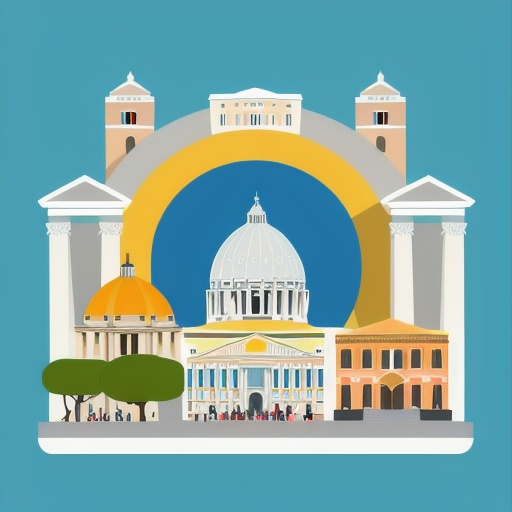
Experiences and travels in Italy
